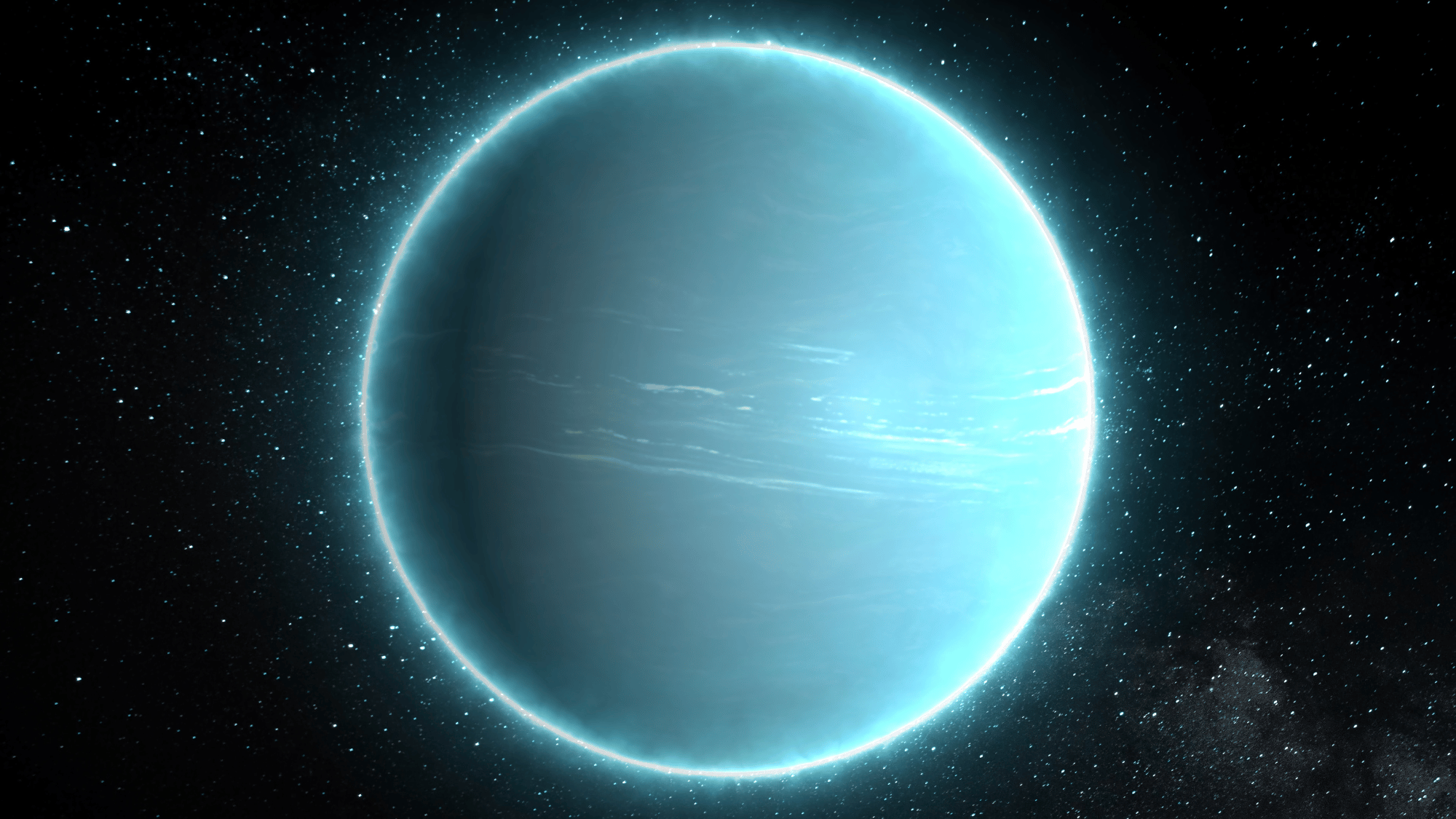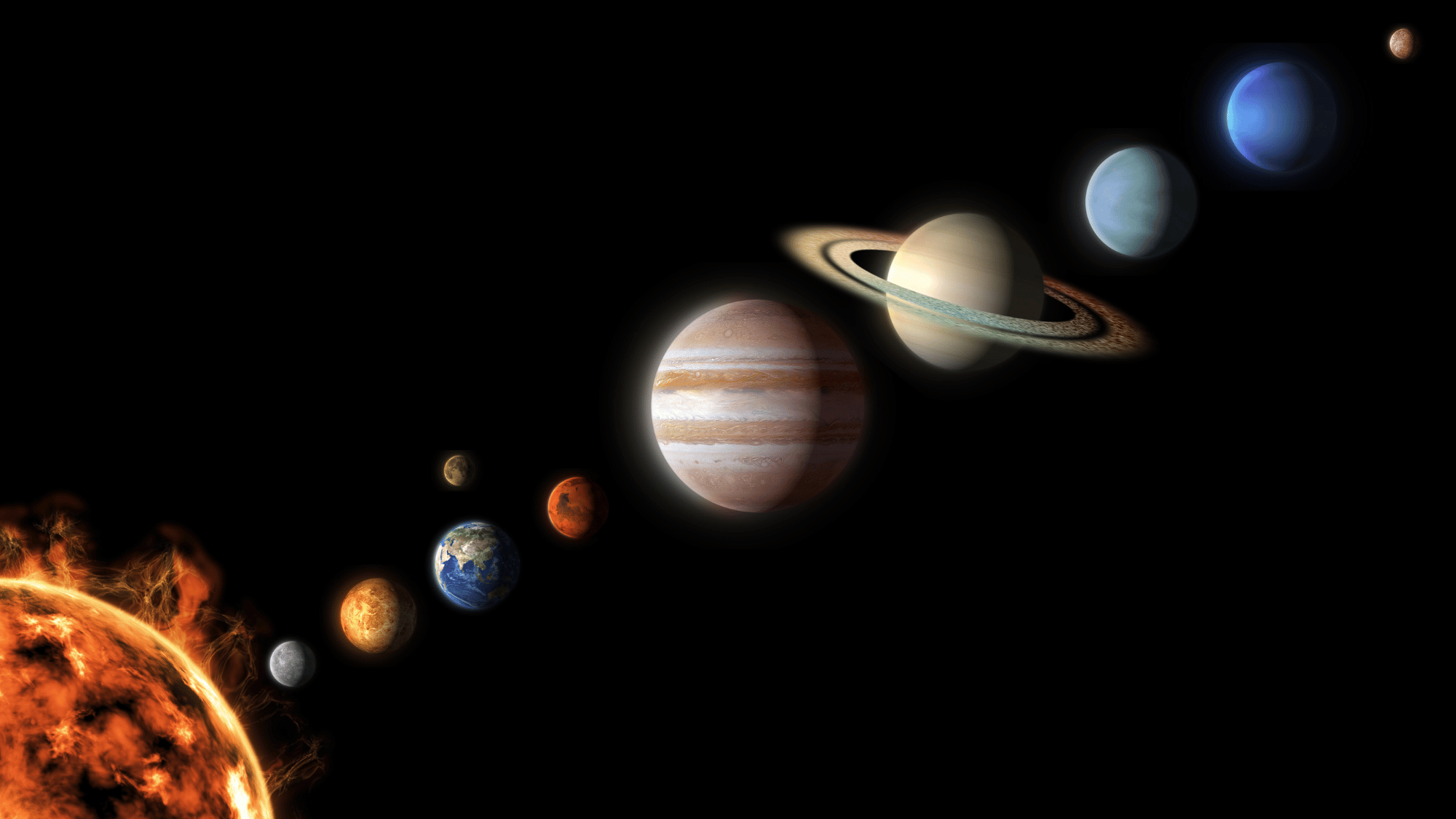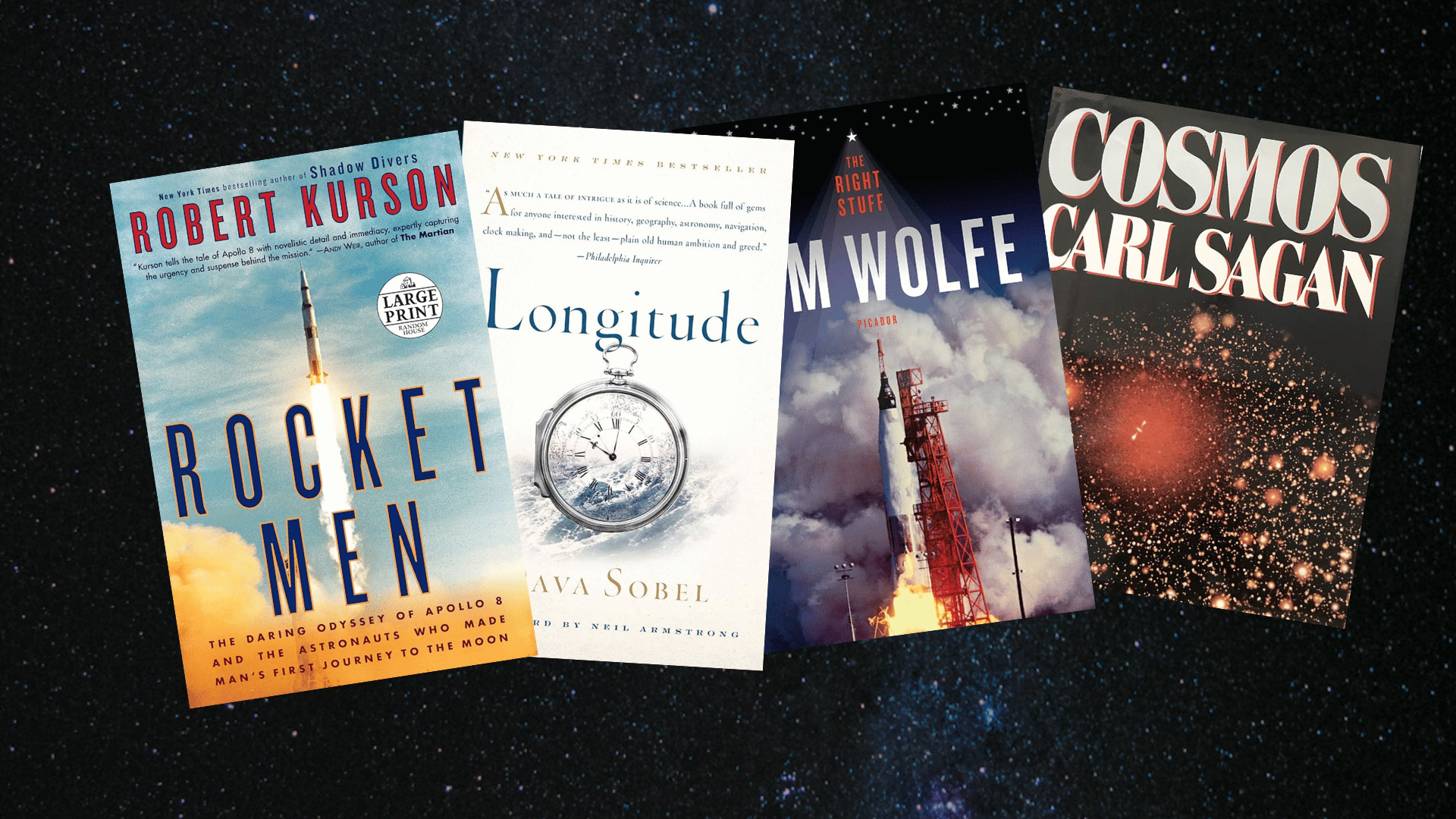Uranus is one of the most interesting planets in our solar system, not only because it spins on its side, but also because of its mysterious collection of moons.
As one of the outer gas giants, Uranus captures the curiosity of astronomers and space supporters alike.
Its chilly blue-green hue and unusual tilt make it stand out from its planetary neighbors, but what truly intrigues many is the question: how many moons does Uranus have?
Each moon adds to the planet’s mystique, telling a story of cosmic formation. Let’s take a closer look at the icy world and its lunar family.
How Many Moons Does Uranus Have?
Uranus has 29 known moons, each with its own distinct features and history.
These moons range from large icy bodies like Titania and Oberon to much smaller, irregularly shaped satellites discovered in recent years.
Their compositions vary, with many being a mix of ice and rock, fitting for a planet so far from the Sun.
The discoveries of the centuries, from the late 1700s to the modern era, were made thanks to increasingly powerful telescopes and space missions.
While 29 is the current count, astronomers believe there could still be more tiny, distant moons waiting to be found as technology continues to advance.
The Discovery of Uranus’ Moons
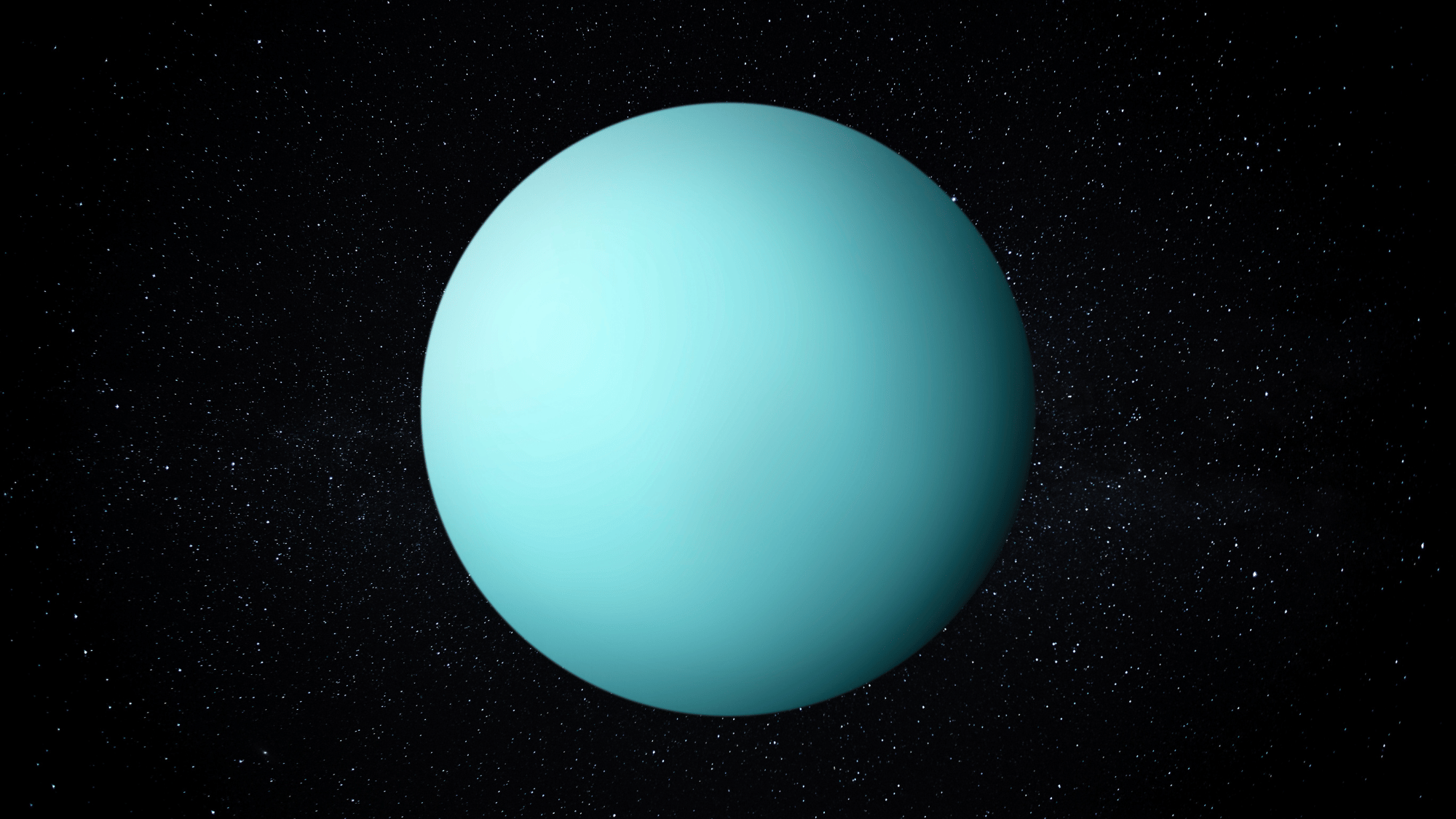
The discovery of Uranus’s moons began in 1787, when astronomer William Herschel spotted the first two, Titania and Oberon, using a telescope of his own design.
For nearly fifty years, these were the only known moons of Uranus.
As technology improved, more moons came into view, especially during the 1980s, when NASA’s Voyager 2 spacecraft flew past Uranus and revealed ten additional moons in remarkable detail.
Since then, astronomers using advanced Earth-based telescopes and space observatories have discovered even smaller and more distant moons.
Observations continue today, as scientists believe there may still be more hidden moons orbiting the distant, tilted planet.
Uranus’s Moons and Their Interesting Features
Uranus’s moons showcase amazing diversity, from icy surfaces to dramatic landscapes, each revealing interesting details about the distant planet’s system.
1. Miranda
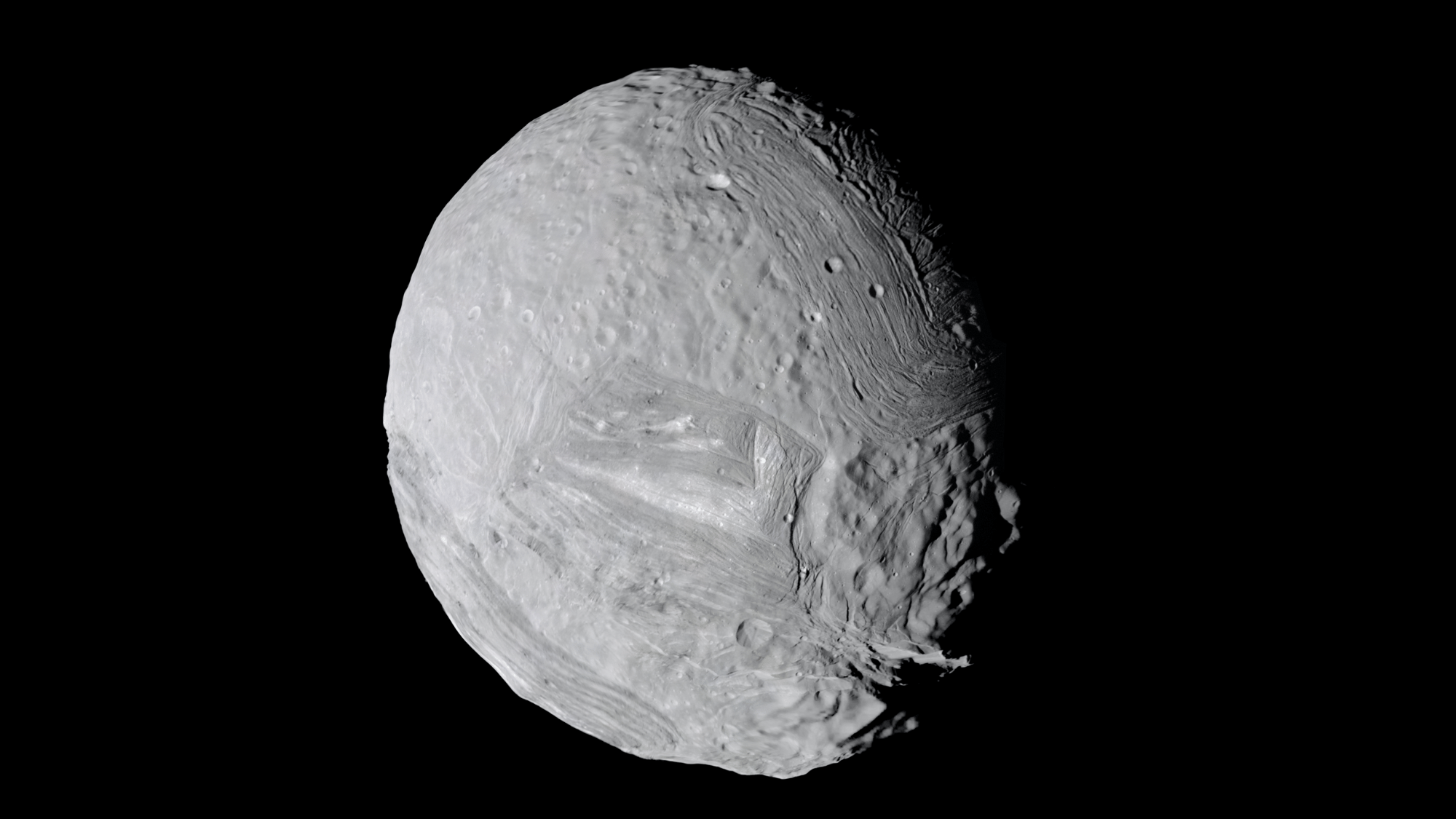
Image Source: Wikipedia
Miranda is the smallest of Uranus’s five major moons but one of the most attractive.
Its surface is a patchwork of cliffs, ridges, and canyons, some towering up to 20 kilometers high among the tallest in the solar system.
Scientists believe Miranda’s unusual, broken appearance may be the result of ancient geological activity or even that it reassembled after being shattered by impacts.
2. Ariel

Image Source: Wikipedia
Ariel is one of the brightest moons of Uranus, reflecting a lot of sunlight due to its icy surface.
It shows signs of past geological activity, with smooth plains and long valleys suggesting that ice volcanoes once reshaped its crust.
Ariel’s youthful appearance makes it one of the most geologically interesting moons, offering clues about Uranus’s internal heat and its effects on nearby moons.
3. Umbriel
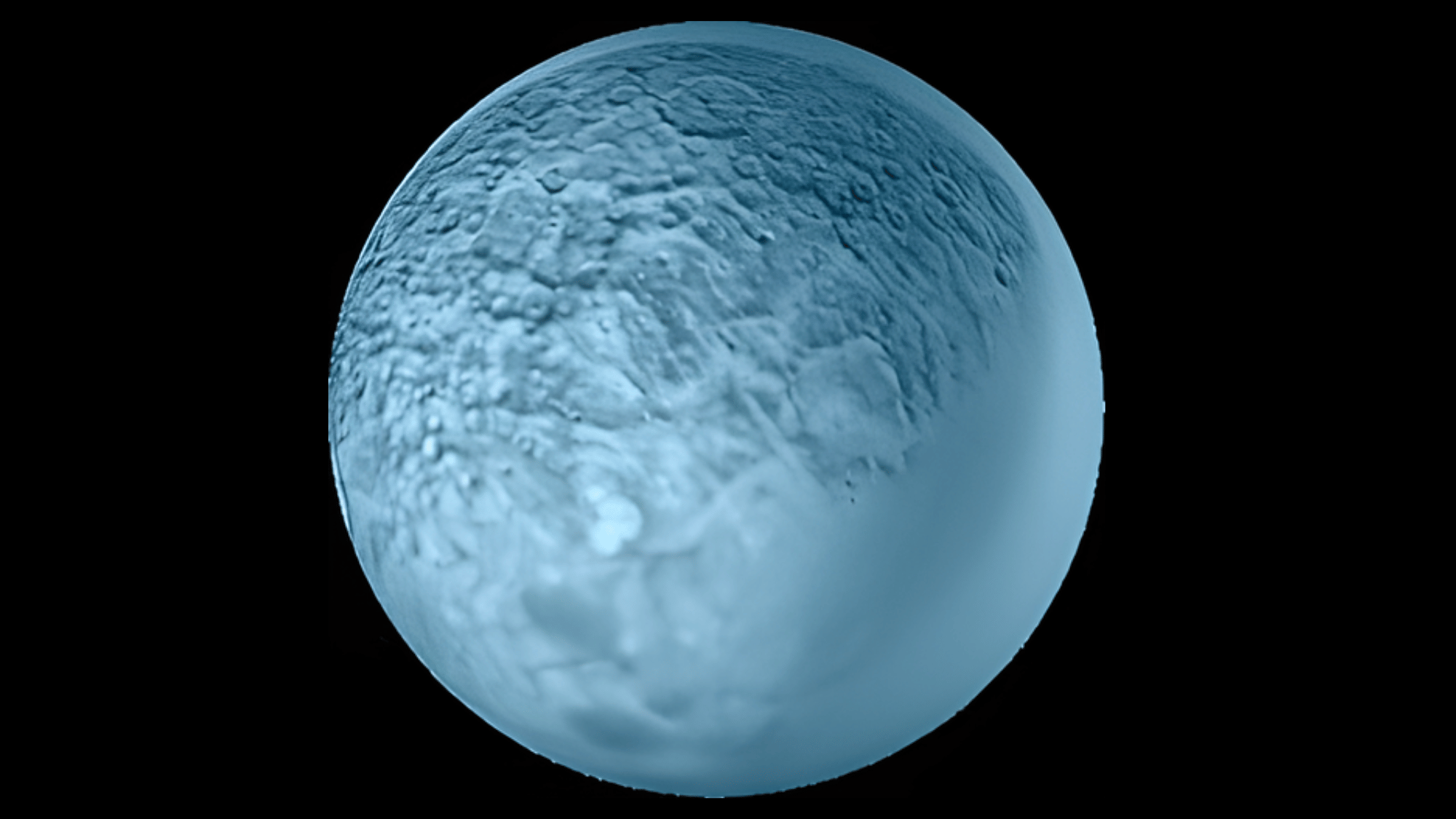
Image Source: Wikipedia
Umbriel stands out as the darkest of Uranus’s large moons, with a heavily cratered surface that appears ancient and inactive.
It reflects little sunlight, giving it a mysterious, shadowy appearance. One of its most notable features is a bright ring-shaped spot near the north pole, possibly the result of material from an impact.
Umbriel’s lack of visible surface changes suggests it has been geologically quiet for billions of years.
4. Titania
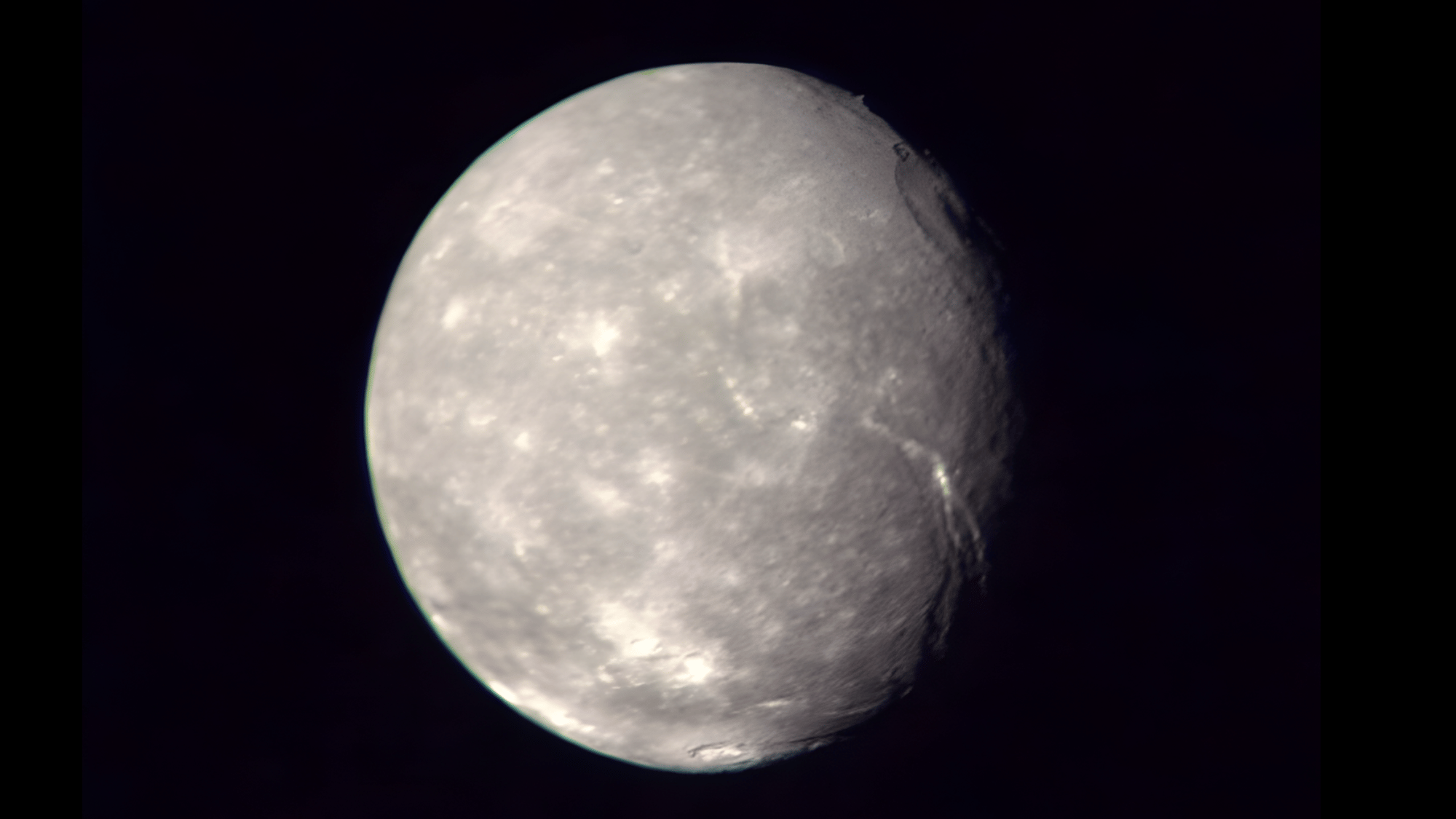
Image Source: NASA Science
Titania is Uranus’s largest moon, spanning about 1,578 kilometers in diameter.
Its surface features a mix of craters, valleys, and long fault lines that hint at the internal forces that once reshaped its icy crust. Titania’s reddish hue suggests that it has undergone chemical reactions due to radiation over time.
Scientists believe it may even have an ocean hidden beneath its frozen surface, making it a potential target for future exploration.
5. Oberon
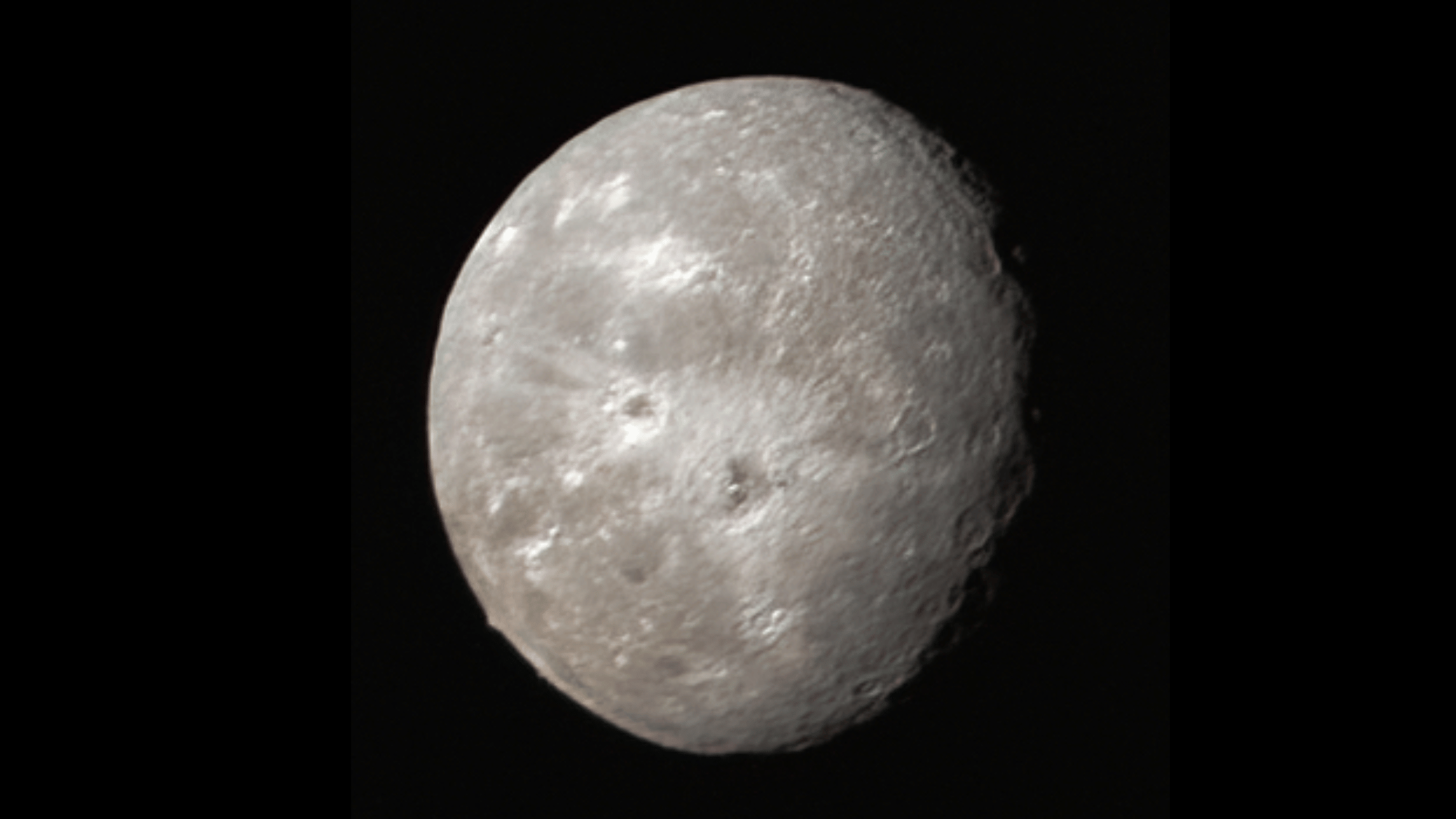
Image Source: Wikipedia
Oberon is the second-largest moon of Uranus and the outermost of the five major moons.
It has a heavily cratered surface, showing its ancient age and long exposure to cosmic impacts. Some craters are brightened by icy deposits, giving Oberon a rugged beauty.
Scientists believe its interior might be a mix of rock and ice, and like Titania, it could possibly harbor a subsurface ocean.
6. Cordelia
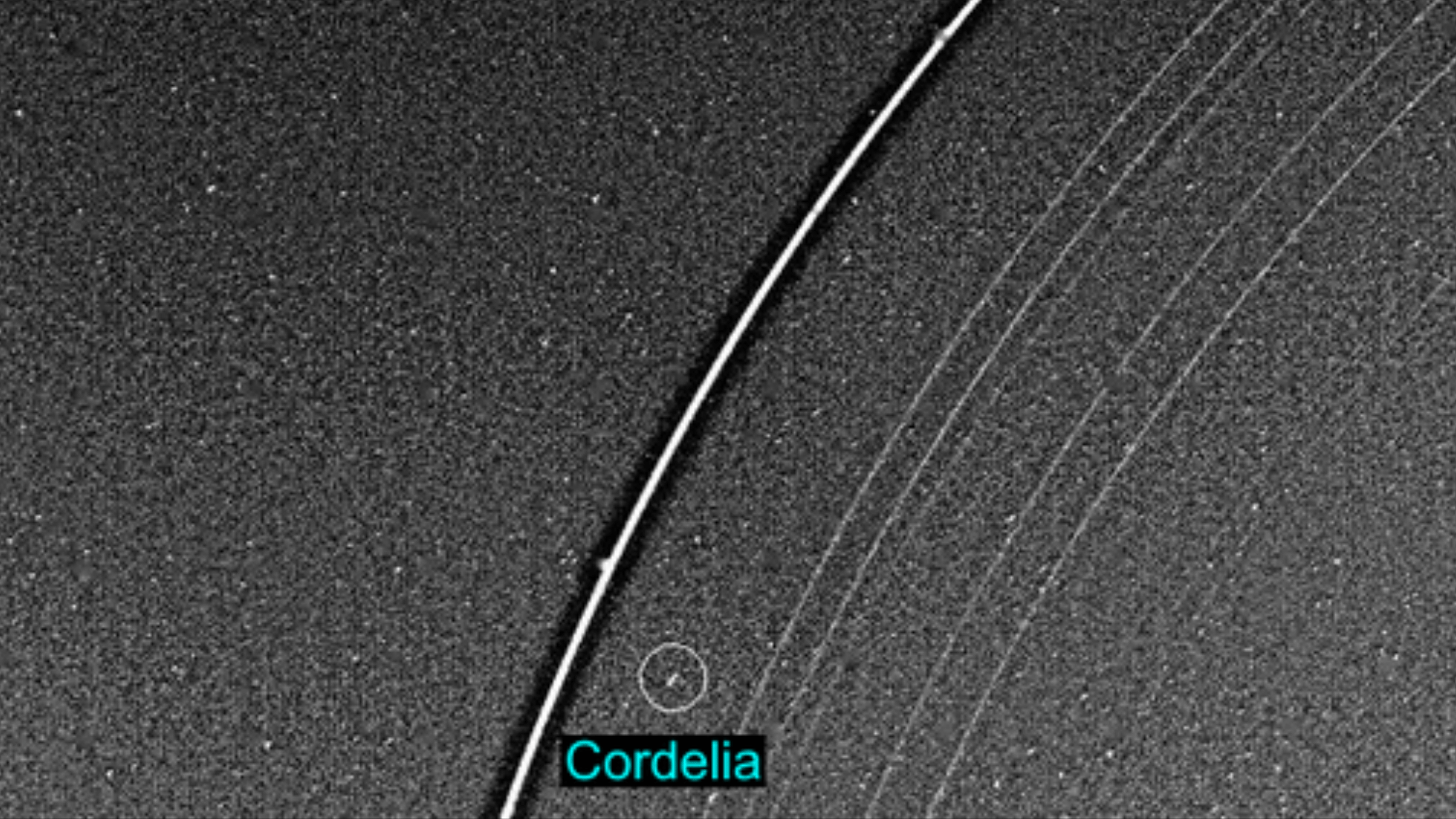
Image Source: Wikipedia
Cordelia is the innermost moon of Uranus and acts as a shepherd moon, helping to maintain the planet’s faint epsilon ring through its gravitational influence.
Discovered by Voyager 2 in 1986, Cordelia measures only about 40 kilometers across.
It plays a crucial role in Uranus’s ring dynamics, keeping the particles within the ring stable and confined. Its name comes from King Lear’s devoted daughter in Shakespeare’s play King Lear.
7. Ophelia
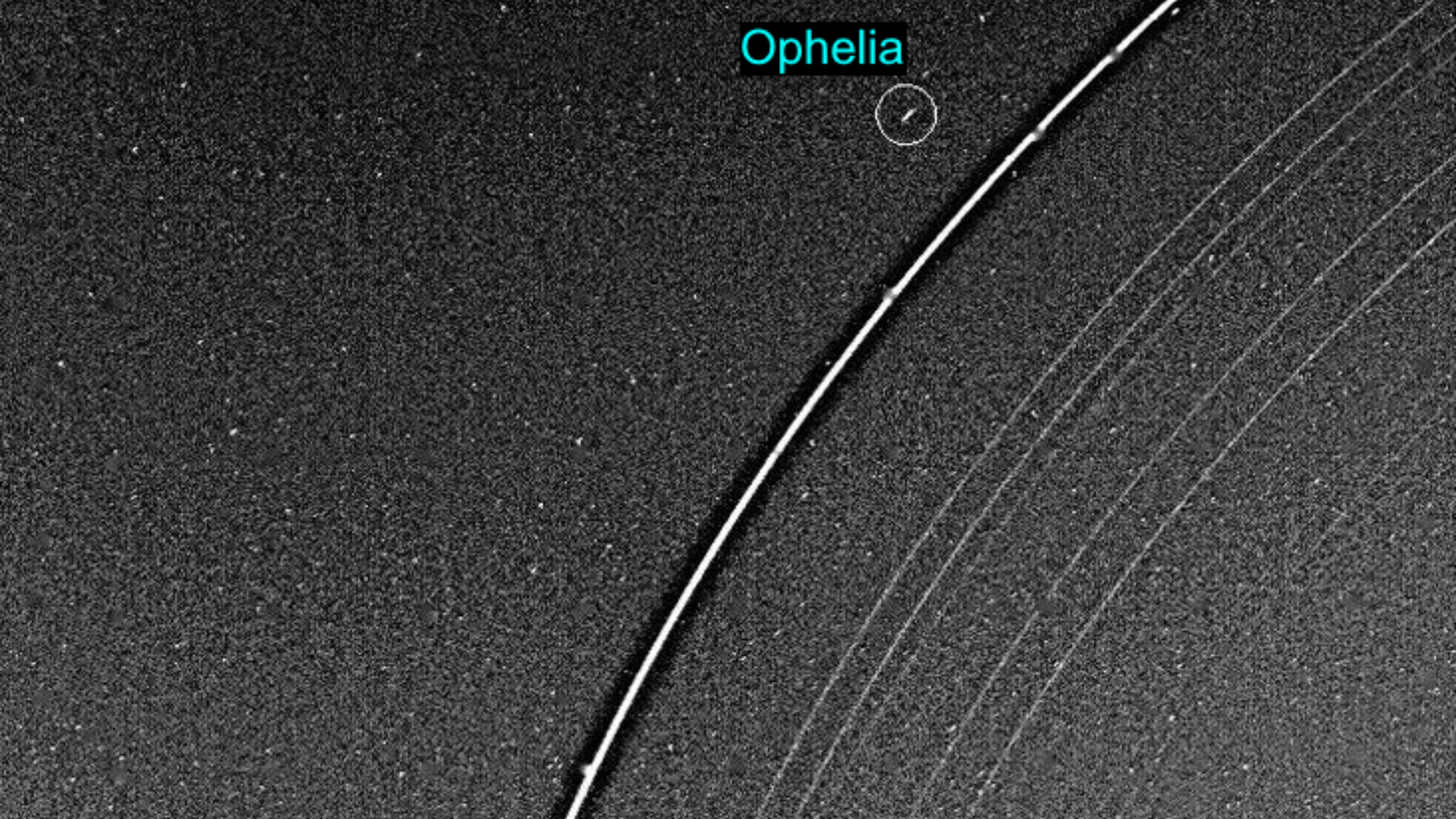
Image Source: Wikipedia
Ophelia, another small inner moon of Uranus, also serves as a shepherd moon for the epsilon ring, along with Cordelia. Discovered in 1986 by Voyager 2, it’s about 43 kilometers wide.
Ophelia has an irregular shape and reflects little sunlight, suggesting a dark, icy surface. Its gravitational pull helps stabilize the ring’s structure.
The moon’s name comes from the tragic character Ophelia in Shakespeare’s Hamlet, symbolizing grace and fragility.
8. Bianca
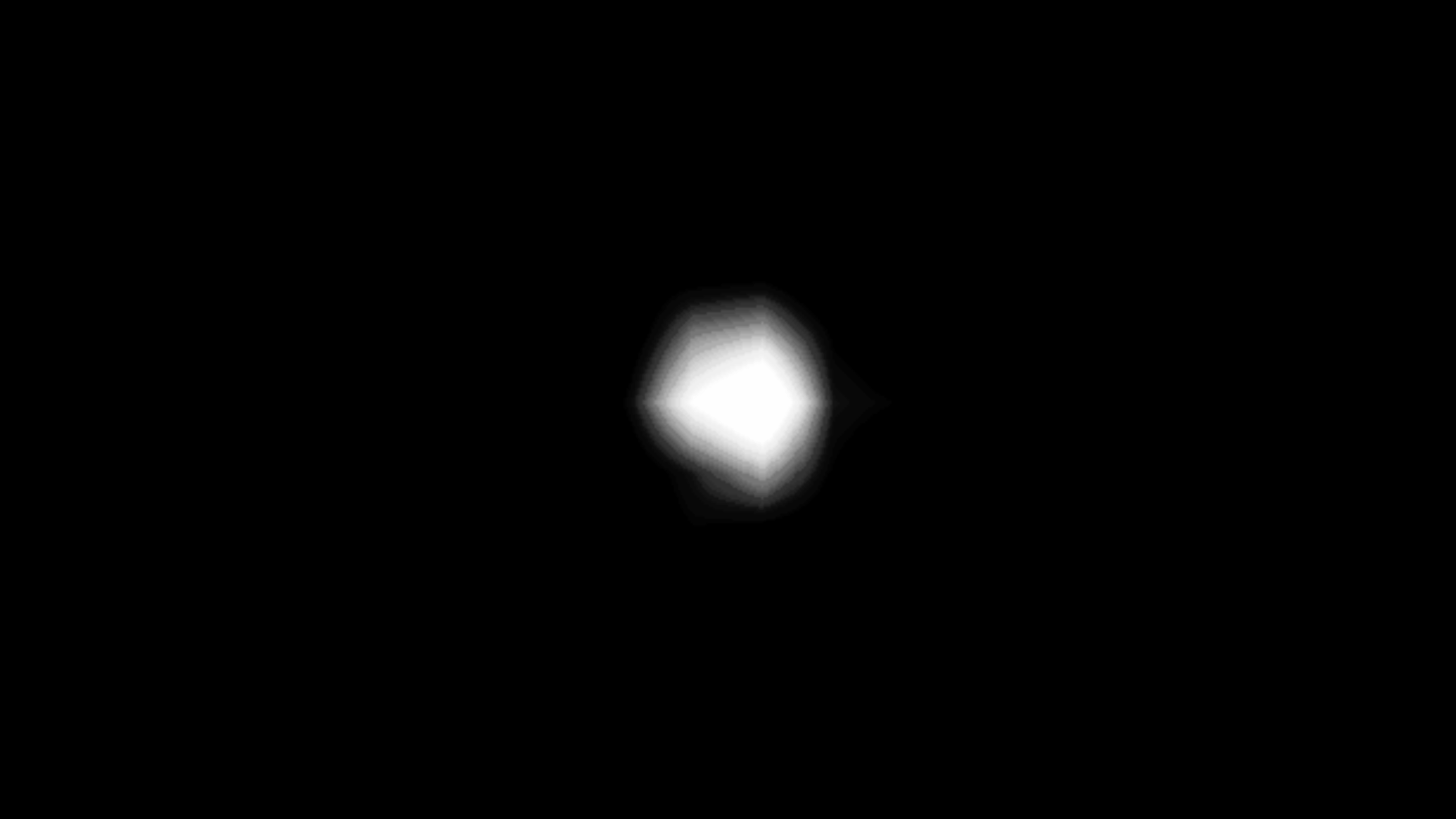
Image Source: Wikipedia
Bianca is a tiny inner moon of Uranus, measuring roughly 52 kilometers in diameter. Discovered by Voyager 2 in 1986, Bianca orbits close to the planet and is part of a tightly packed group of small moons.
Its surface appears smooth, likely from being coated by material from Uranus’s faint rings.
Bianca is named after a character from Shakespeare’s plays The Taming of the Shrew and Othello, both known for beauty and charm.
9. Cressida

Image Source: Wikipedia
Cressida, one of Uranus’s inner moons, is about 80 kilometers wide and was discovered in 1986 by Voyager 2.
It orbits very close to the planet, completing a revolution in less than a day. Its irregular shape and dark surface suggest it is made of ice and rock.
Cressida belongs to a cluster of small inner moons that may interact gravitationally with each other. The name comes from Shakespeare’s Troilus and Cressida.
10. Desdemona
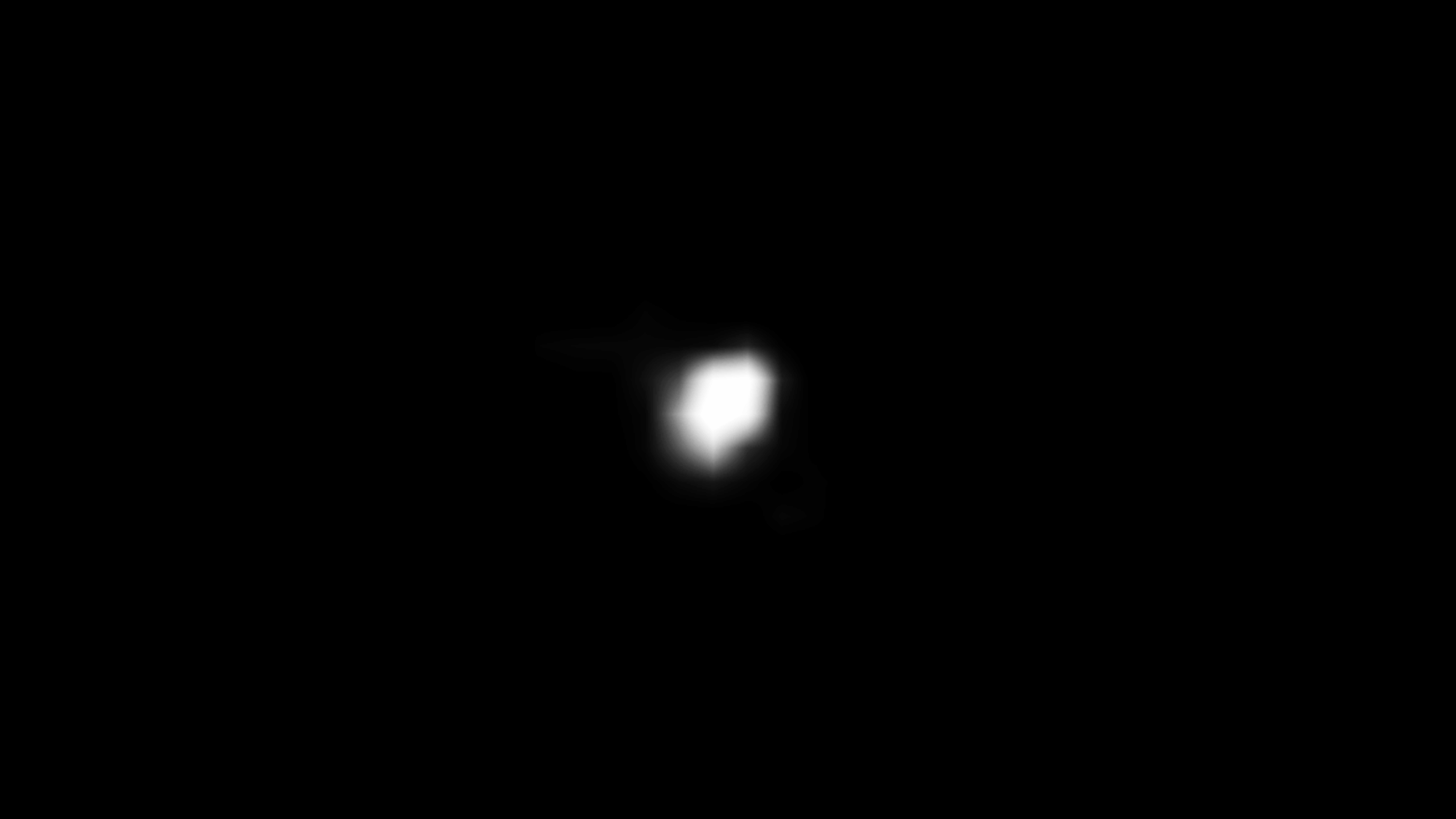
Image Source: Wikipedia
Desdemona is a small inner moon of Uranus, measuring about 64 kilometers across. It was discovered by Voyager 2 in 1986 and orbits between Cressida and Juliet.
Like many of Uranus’s inner moons, Desdemona has a dark, likely icy surface and an elongated shape. Its orbit lies within the planet’s faint ring system.
Named after the faithful yet tragic heroine from Shakespeare’s Othello, Desdemona reflects the poetic naming tradition of Uranus’s moons.
11. Juliet
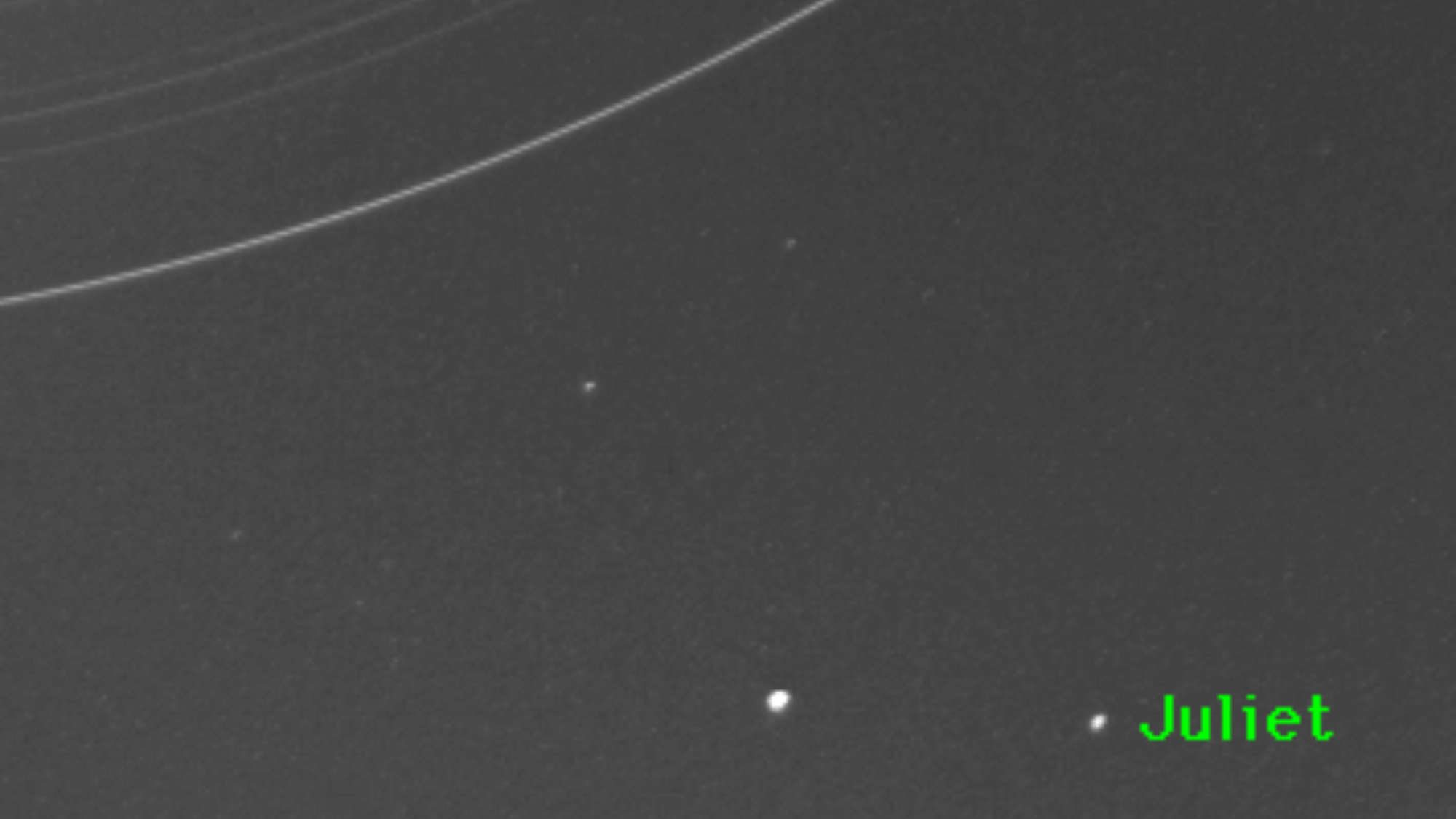
Image Source: Wikipedia
Juliet, measuring about 94 kilometers in diameter, is one of Uranus’s larger inner moons. Discovered by Voyager 2 in 1986, it orbits the planet in less than a day.
Its irregular shape and low reflectivity suggest a mix of dark material and ice. Juliet lies among other small moons close to Uranus and may influence nearby ring particles.
The moon’s name honors the famous romantic heroine from Shakespeare’s Romeo and Juliet.
12. Portia

Image Source: Wikipedia
Portia is one of the larger inner moons of Uranus, about 140 kilometers wide. Discovered in 1986 by Voyager 2, Portia orbits within a crowded region of small moons and faint rings.
It’s believed to be composed of water ice mixed with dark material. Portia may be slowly spiraling inward due to Uranus’s gravity.
The moon’s name comes from the intelligent and witty heroine of Shakespeare’s The Merchant of Venice.
13. Rosalind
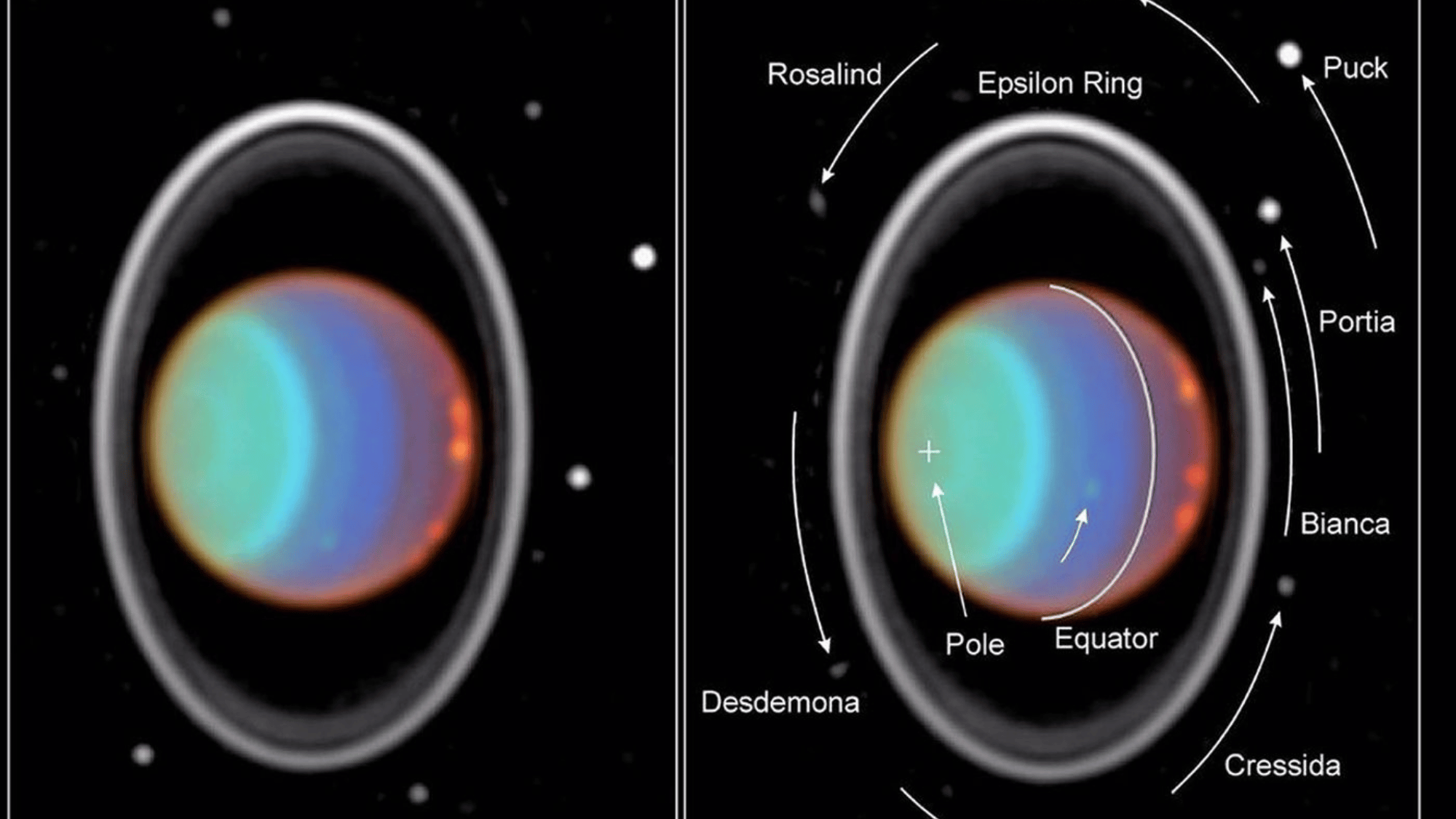
Image Source: NASA Science
Rosalind is a small, irregularly shaped moon about 72 kilometers in diameter. Like several of Uranus’s inner moons, it was discovered by Voyager 2 in 1986.
Rosalind orbits close to the planet and may interact gravitationally with neighboring moons. Its dark surface suggests a composition of ice and rock.
The moon is named after the charming and clever protagonist of Shakespeare’s As You Like It, continuing Uranus’s literary naming tradition.
14. Belinda
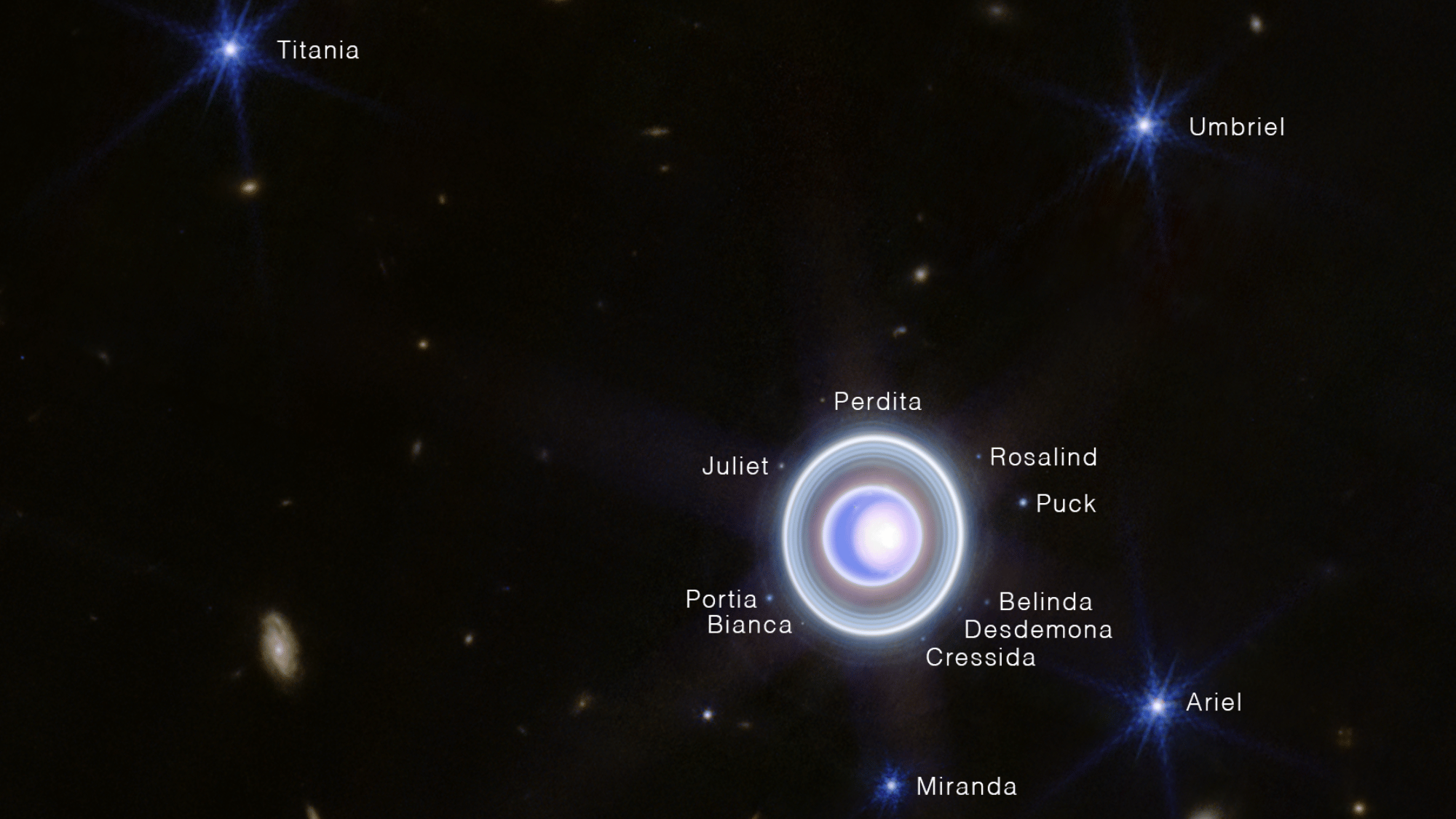
Image Source: Wikipedia
Belinda is another inner moon of Uranus, measuring approximately 90 kilometers in diameter. Discovered in 1986 by Voyager 2, it orbits the planet in less than a day.
Belinda’s surface appears dark, possibly made of ice mixed with carbon-rich material. It may share its orbital zone with faint dust from Uranus’s rings.
The moon takes its name from Alexander Pope’s The Rape of the Lock, where Belinda is a symbol of beauty and elegance.
15. Puck
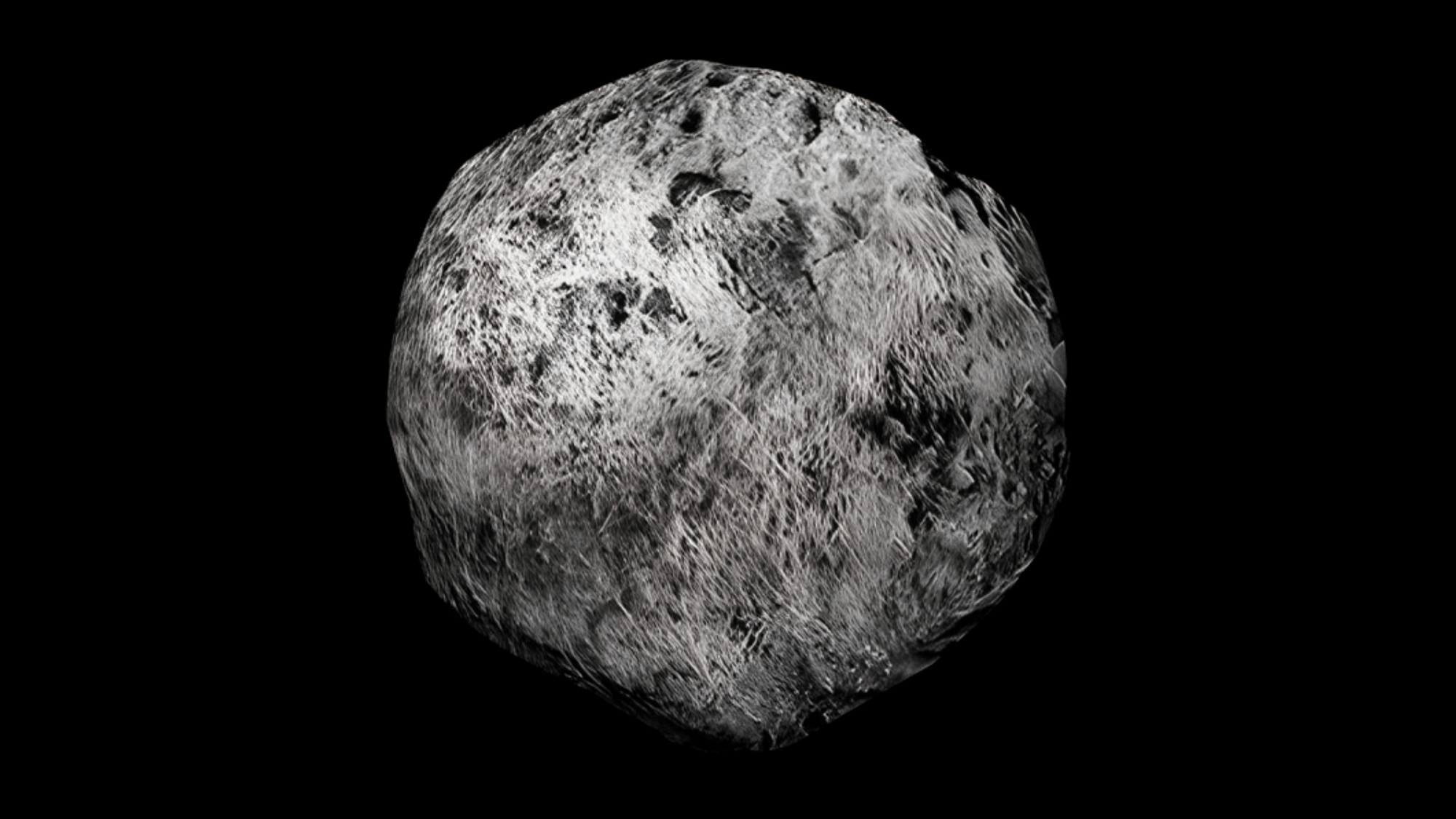
Image Source: Wikipedia
Puck is the largest of Uranus’s small inner moons, about 162 kilometers in diameter. Discovered in 1985 by Voyager 2, it sits between the inner and outer moon systems.
Its heavily cratered surface shows it has endured countless impacts. Puck’s shape is roughly spherical compared to its smaller neighbors.
Named after the mischievous fairy from Shakespeare’s A Midsummer Night’s Dream, Puck adds a playful charm to Uranus’s moon family.
16. Caliban

Image Source: Wikipedia
Caliban is one of Uranus’s outer irregular moons, discovered in 1997. It’s about 72 kilometers wide and orbits in a retrograde direction, meaning it moves opposite to Uranus’s rotation.
This suggests it was likely captured by Uranus’s gravity rather than forming alongside the planet.
Caliban’s dark surface hints at a carbon-rich composition. Its name comes from the wild, rebellious character in Shakespeare’s The Tempest.
17. Sycorax
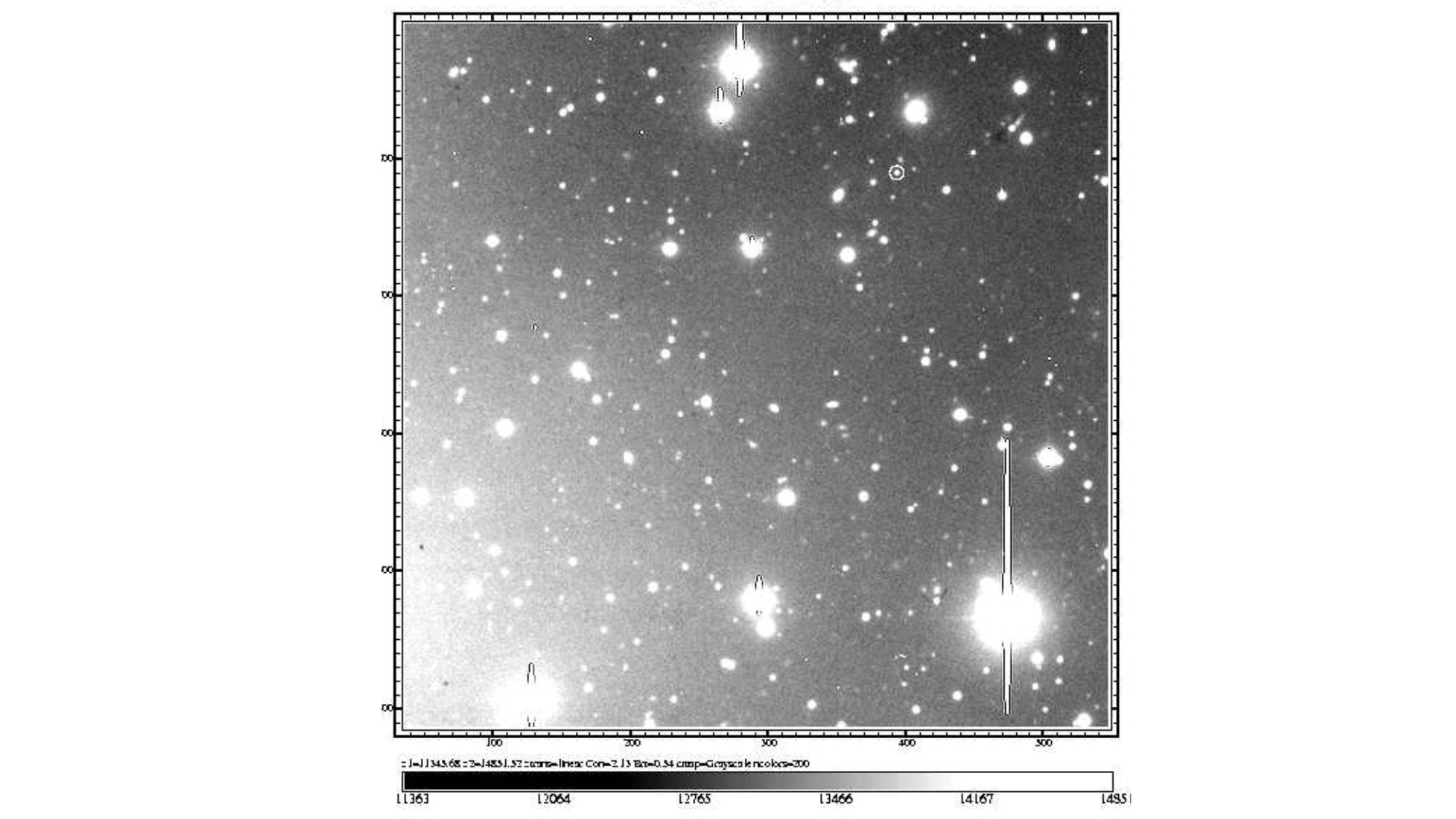
Image Source: Wikipedia
Sycorax is one of Uranus’s largest irregular moons, discovered in 1997. It spans about 150 kilometers and orbits far from the planet in a retrograde path.
Its reddish color and distant, tilted orbit indicate it may be a captured object from the Kuiper Belt.
Sycorax is named after the powerful witch and mother of Caliban in The Tempest, fitting for one of Uranus’s most mysterious and distant moons.
18. Setebos
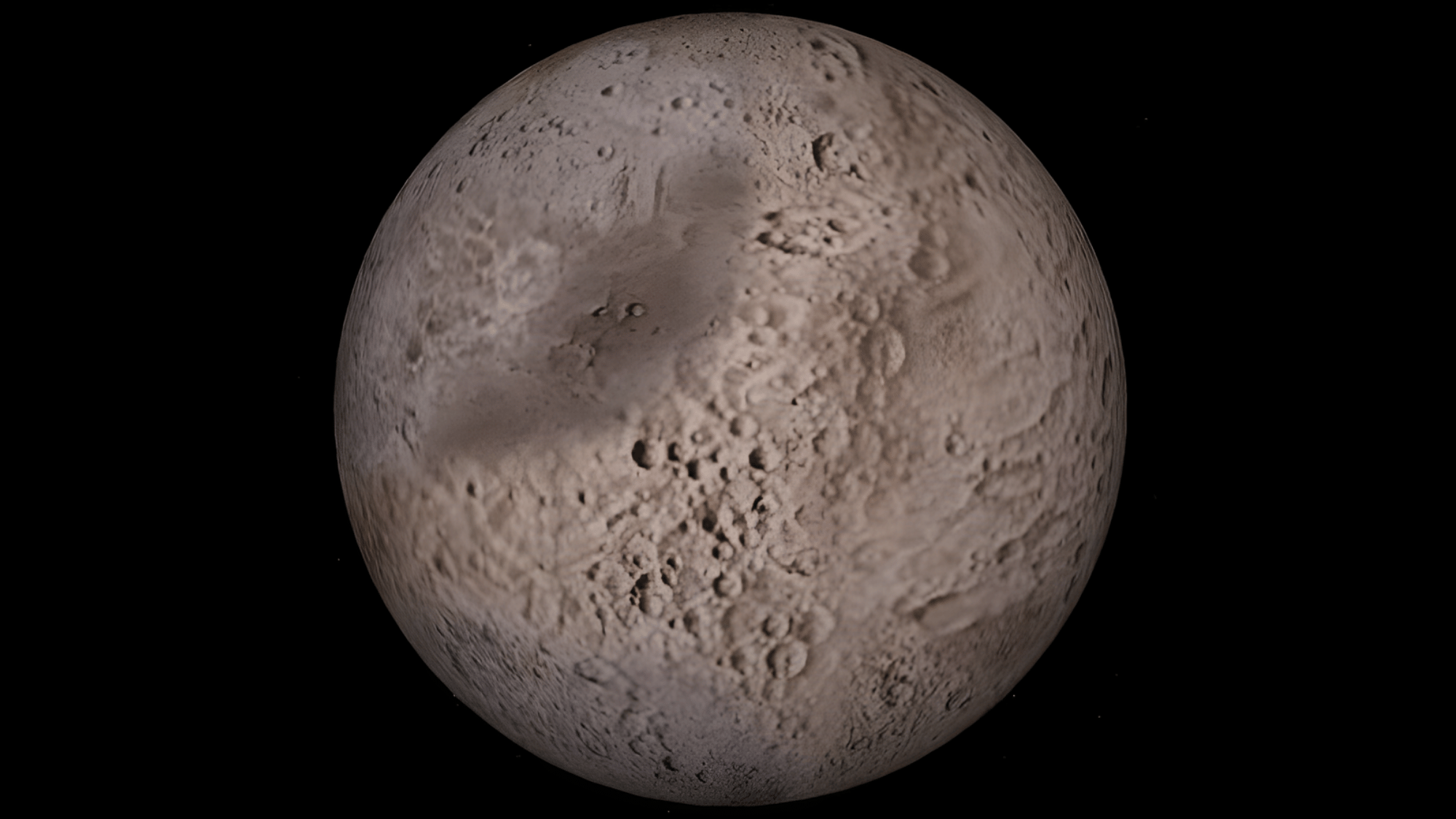
Image Source: Orbiter Wiki
Setebos, discovered in 1999, is another of Uranus’s retrograde outer moons, about 48 kilometers wide.
It has a highly eccentric orbit, suggesting that it may have been captured rather than formed in conjunction with Uranus. Its dark surface composition likely includes carbonaceous material.
Setebos is named after a god worshiped by Sycorax and Caliban in The Tempest, continuing the theme of magical and mythical figures in Uranus’s outer system.
19. Trinculo
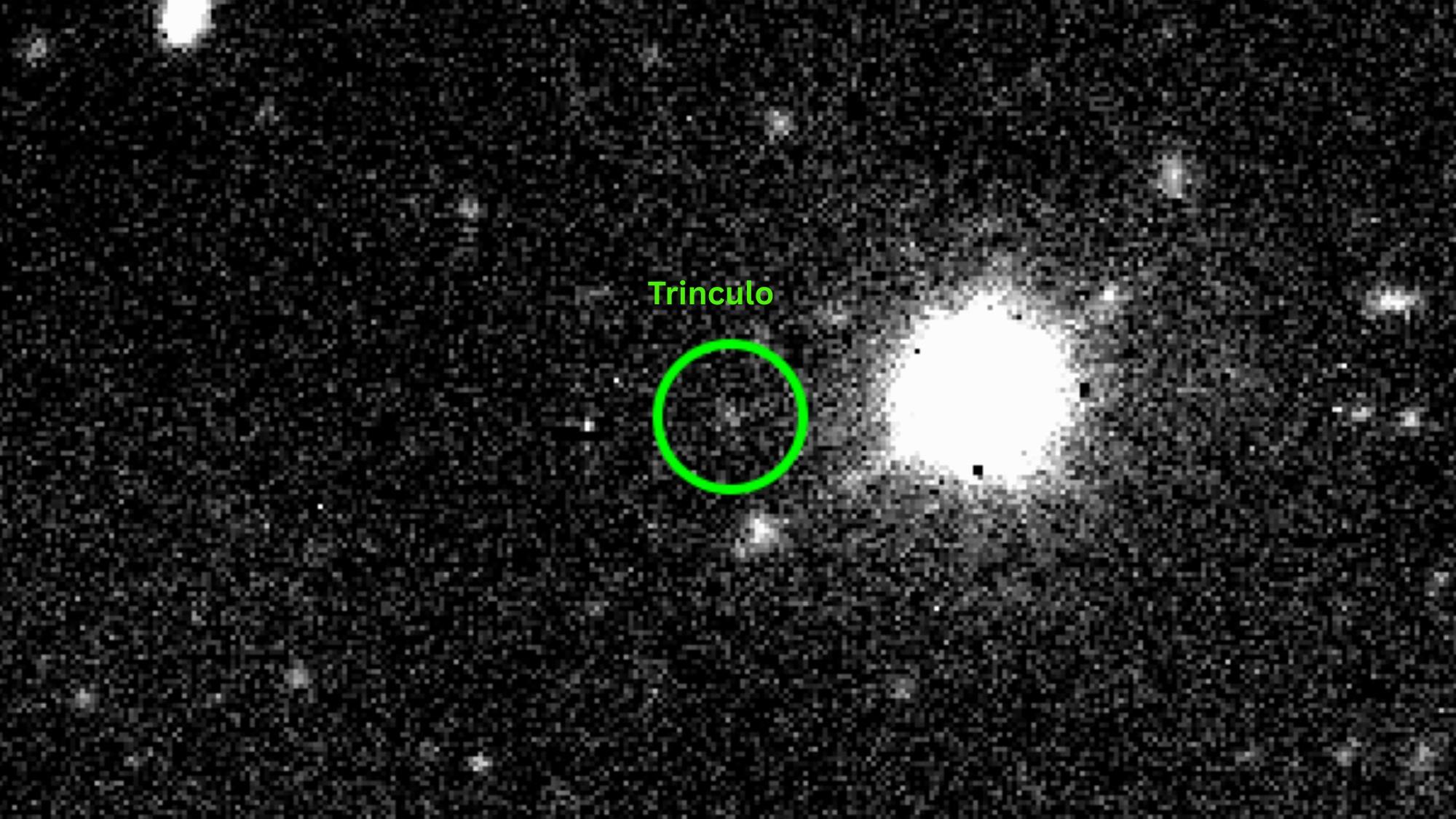
Image Source: Wikipedia
Trinculo is one of Uranus’s smallest known moons, only about 18 kilometers wide. Discovered in 2001, it orbits the planet in a retrograde direction, far from its surface.
Its irregular path and size imply it’s likely a captured object, not a moon formed in Uranus’s early system. Trinculo’s dark surface and distant orbit make it difficult to observe.
The moon’s name comes from another comic character in The Tempest, Stephano’s companion..
20. Margaret
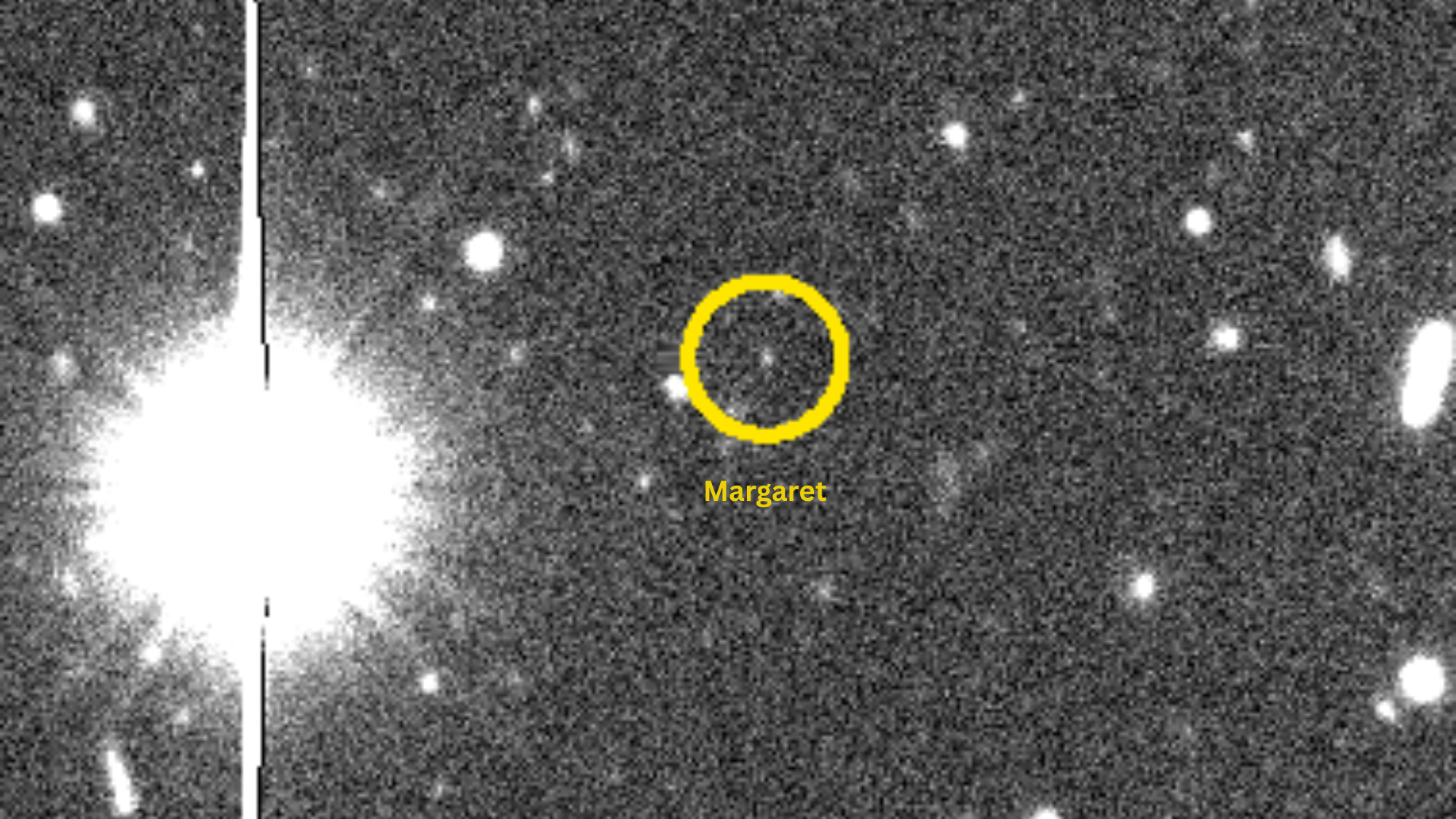
Image Source: Wikipedia
Margaret, discovered in 2003, is approximately 20 kilometers wide and unique among Uranus’s outer moons because it orbits in a prograde direction, unlike most others that orbit in a retrograde direction.
Its highly elongated orbit makes it one of Uranus’s most eccentric moons. The moon’s bright surface may indicate a mix of ice and rock.
Margaret is named after a character in Shakespeare’s Much Ado About Nothing, marking a rare non-Tempest reference among the outer moons.
21. Ferdinand
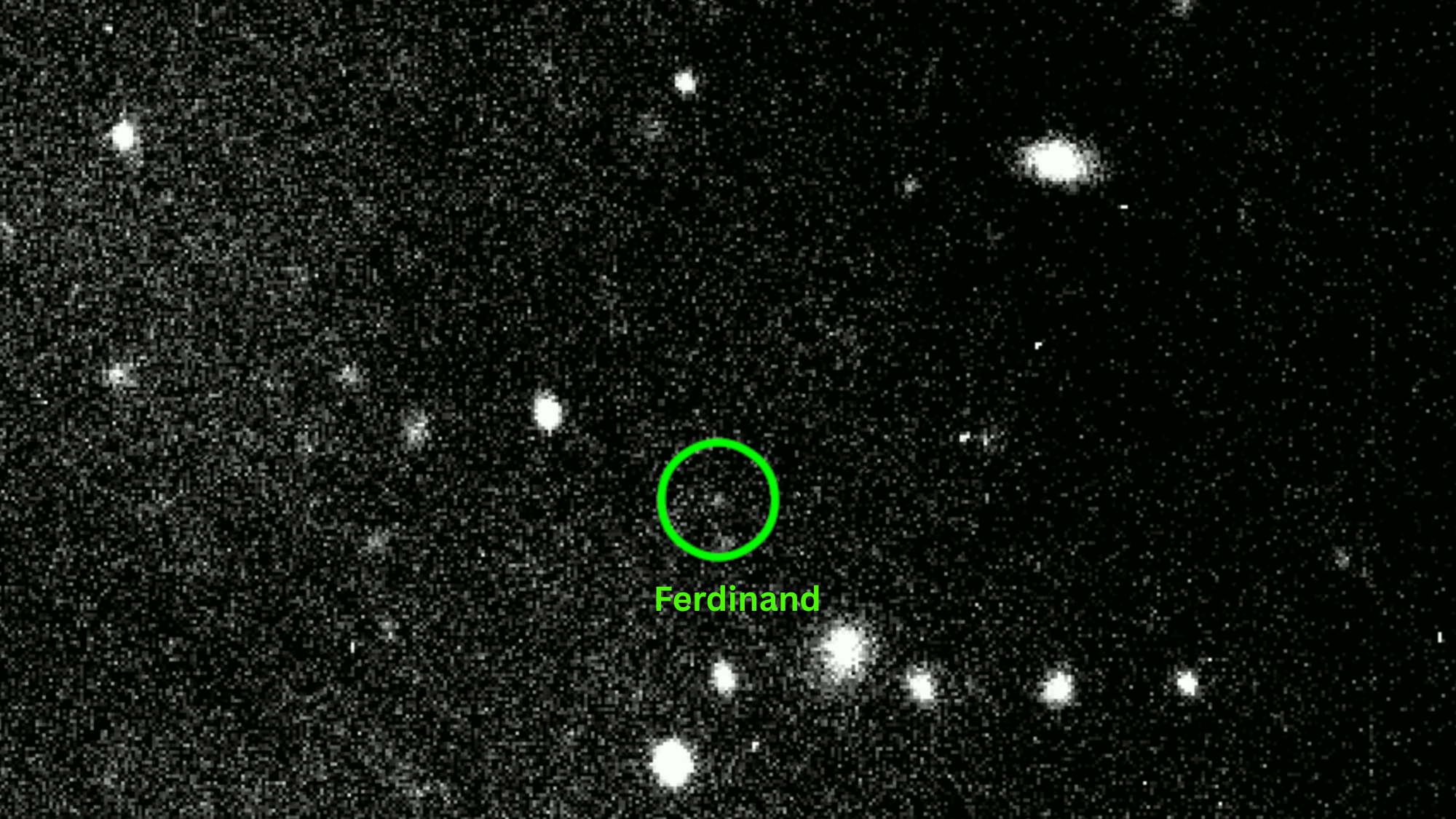
Image Source: Wikipedia
Ferdinand is one of the most distant moons of Uranus, discovered in 2001. It orbits in a retrograde direction and is about 20 kilometers in diameter.
Its dark, irregular surface and distant orbit suggest it is a captured object, possibly from the Kuiper Belt.
Ferdinand’s path is among the most extended and tilted of Uranus’s moons. It is named after the young prince and lover of Miranda in Shakespeare’s The Tempest.
22. Perdita
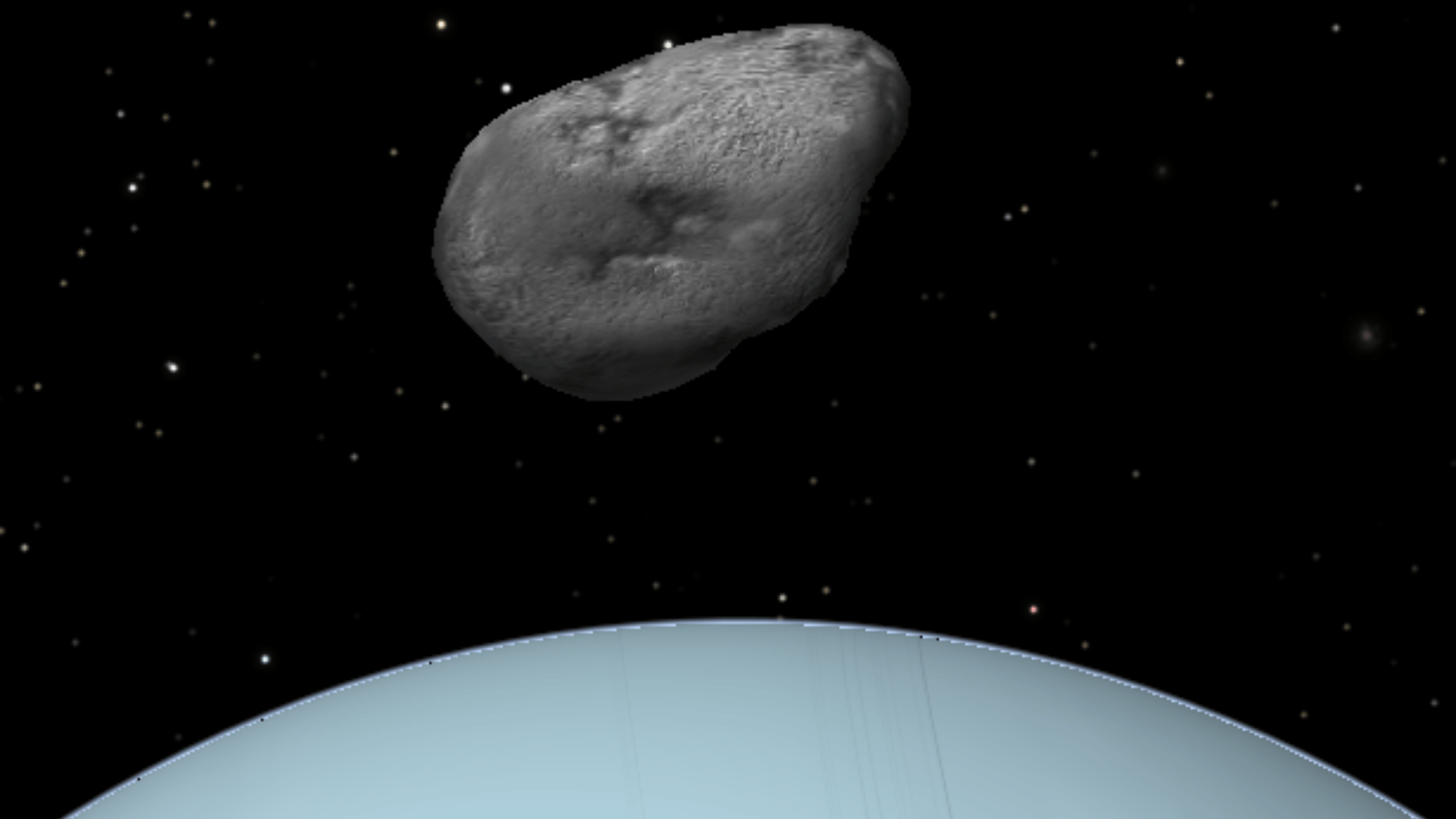
Image Source: Wikipedia
Perdita, discovered in 1986 by Voyager 2 and confirmed in 1998, is a small inner moon approximately 30 kilometers in diameter.
It orbits close to the planet, between Rosalind and Belinda. Perdita’s motion interacts with nearby moons, possibly causing orbital variations.
Its dark, icy composition reflects little sunlight. Named after the lost daughter from Shakespeare’s The Winter’s Tale, Perdita symbolizes rediscovery, fitting, given its late confirmation.
23. Mab
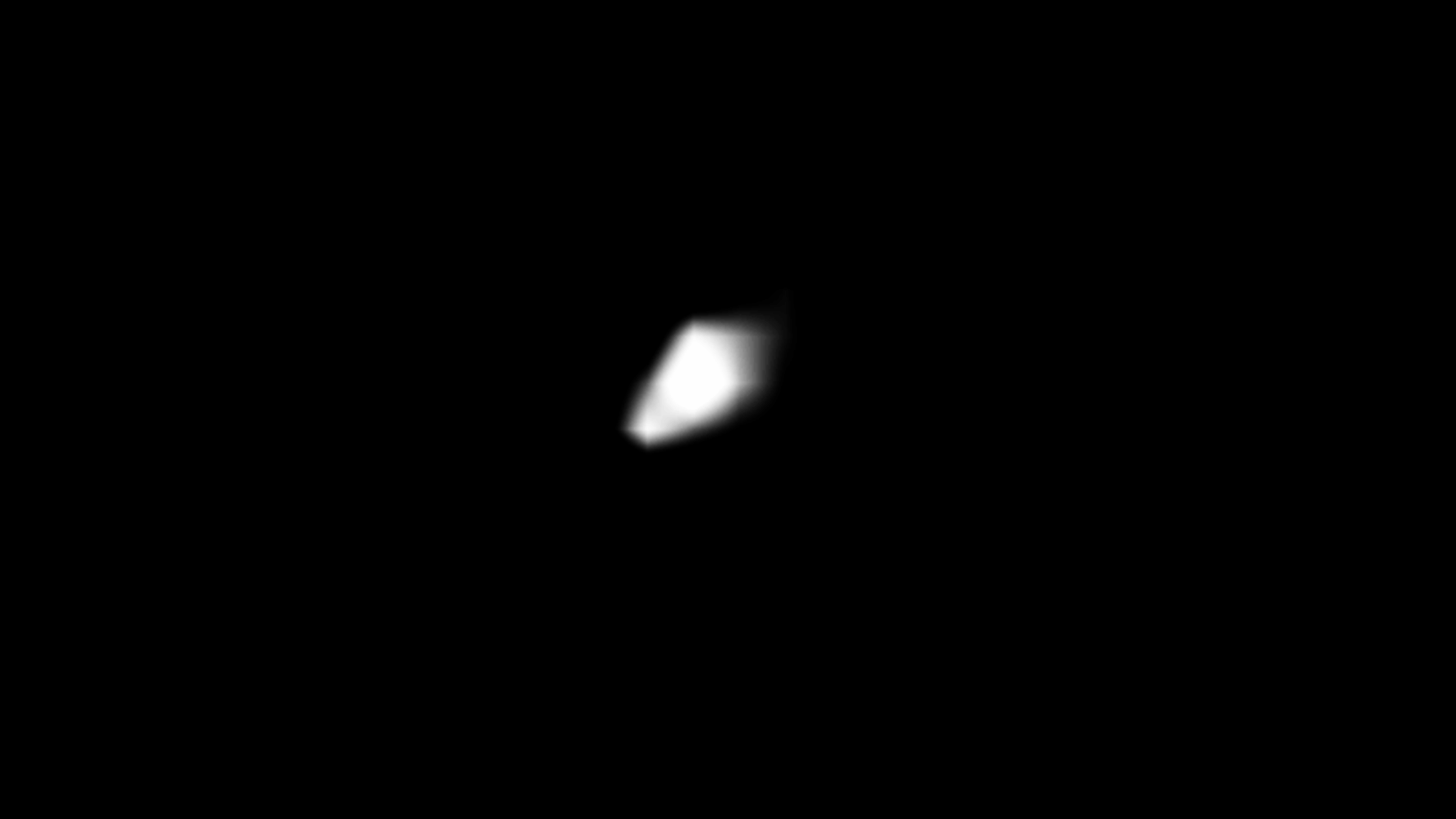
Image Source: Wikipedia
Mab is a tiny inner moon, only about 24 kilometers in diameter, discovered in 2003 using the Hubble Space Telescope.
It orbits close to Uranus and may be a source of material for one of the planet’s faint rings. Mab’s surface is dark, likely made of ice mixed with dust.
The moon’s name comes from Queen Mab, the fairy mentioned in Romeo and Juliet, known for inspiring dreams and mischief.
24. Cupid
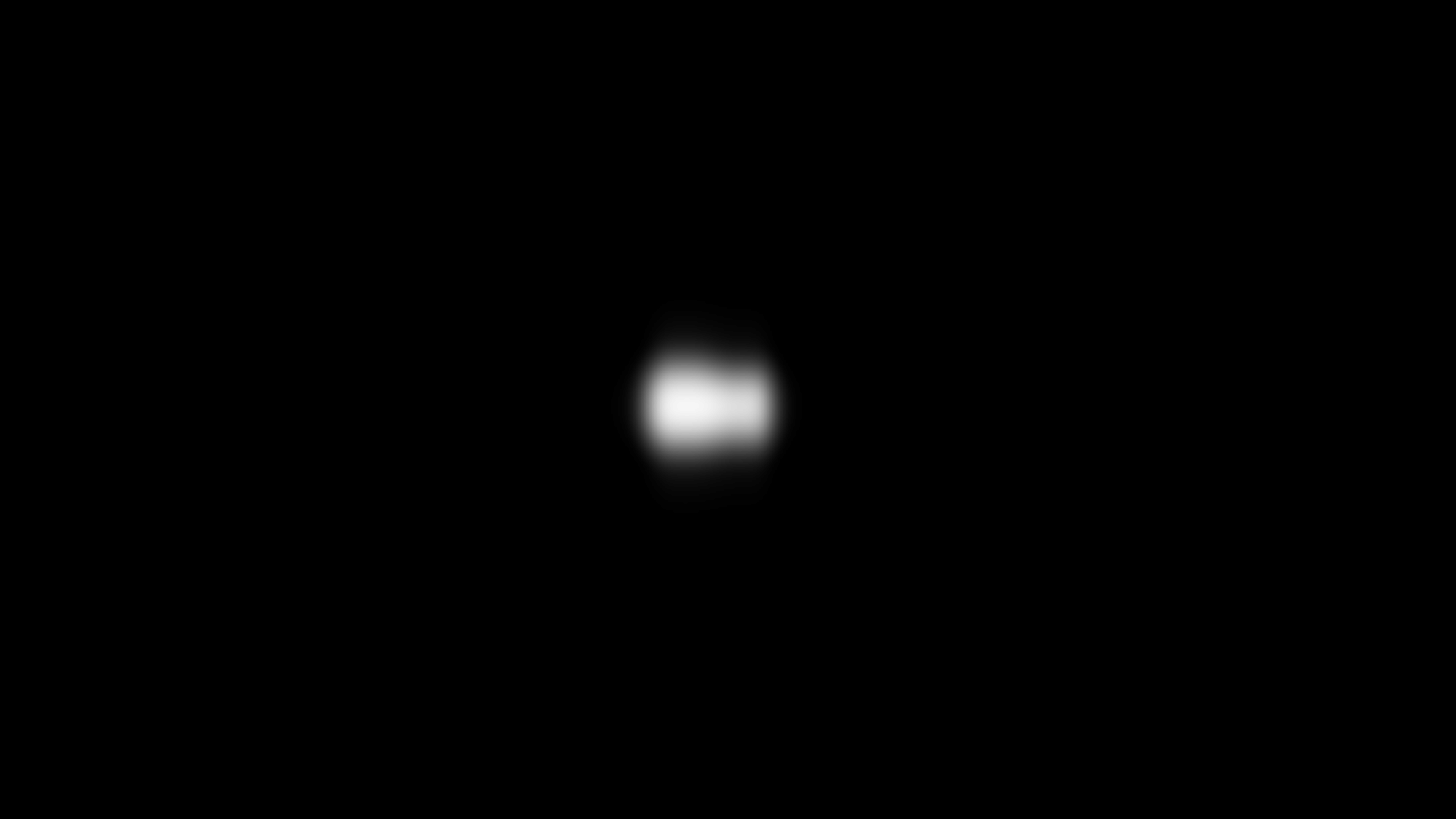
Image Source: Wikipedia
Cupid, discovered in 2003 by the Hubble Space Telescope, is one of Uranus’s smallest moons at just 18 kilometers across.
It orbits near Belinda and may have gravitational interactions with nearby moons. Cupid’s small size and dark surface make it difficult to study in detail.
The moon’s name comes from the Roman god of love, appearing in Shakespeare’s works as a fittingly romantic addition to Uranus’s celestial family.
25. Prospero

Image Source: Wikipedia
Prospero, discovered in 1999, is a small irregular moon about 50 kilometers across. Like several of Uranus’s outer moons, it orbits in a retrograde direction and has an inclined, distant orbit.
Scientists think Prospero might be part of a group of moons that share a common origin. Its dark, icy surface reflects little sunlight.
The name comes from Prospero, the wise magician and ruler of the island in Shakespeare’s The Tempest.
26. Stephano

Image Source: Wikipedia
Stephano, a small irregular moon discovered in 1999, measures about 32 kilometers in diameter.
It also follows a retrograde orbit, moving opposite Uranus’s rotation. Its distant, inclined path suggests it was likely captured from another region of the solar system.
Stephano’s dark color indicates a surface rich in carbon compounds. Named after the drunken but comical butler in Shakespeare’s The Tempest, it adds humor to Uranus’s diverse moon family.
27. Francisco
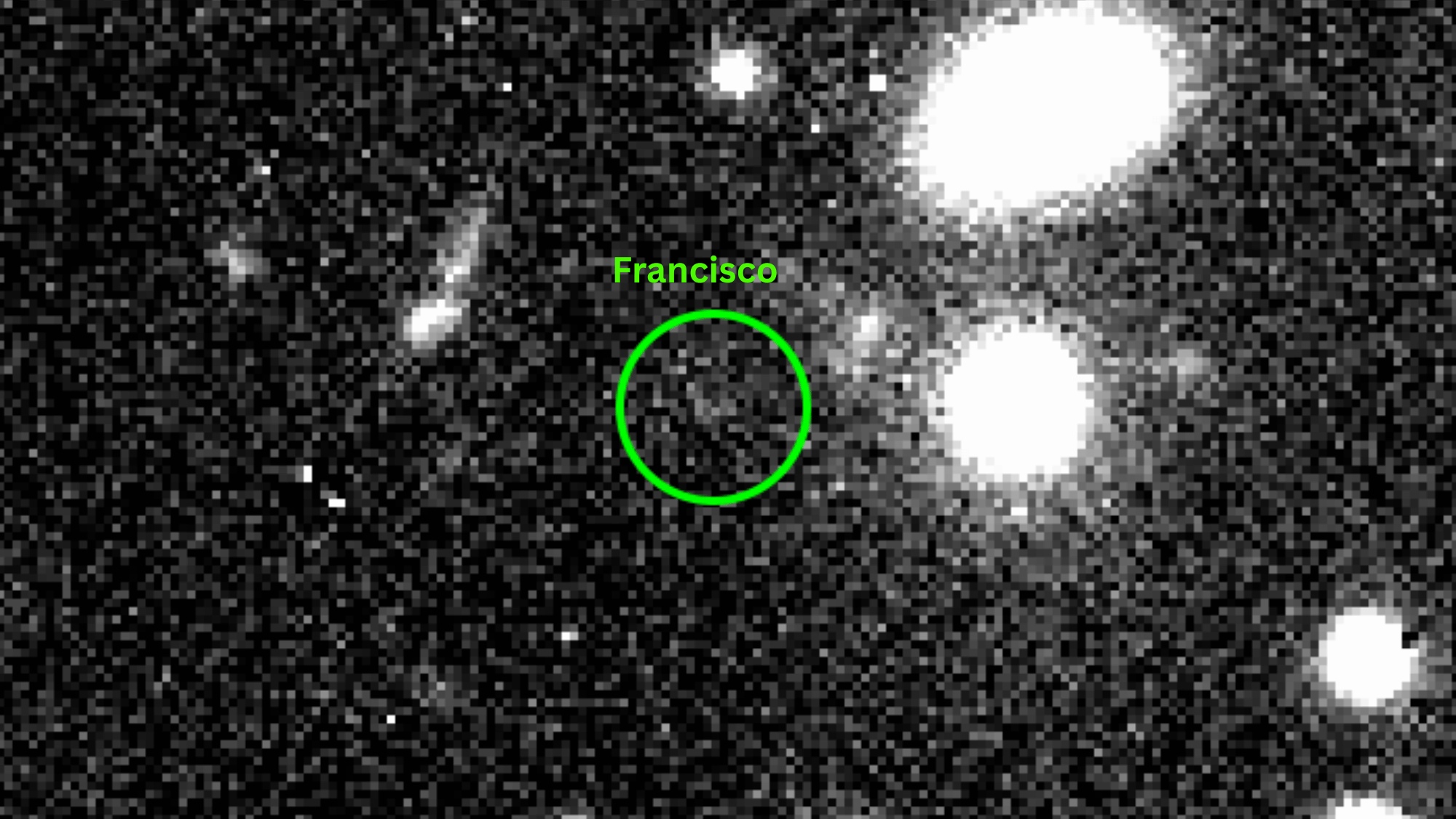
Image Source: Wikipedia
Francisco, discovered in 2001, is a small prograde moon, one of the few outer Uranian moons that orbit in the same direction as the planet’s rotation.
It measures approximately 22 kilometers in diameter and follows a highly inclined orbit. Francisco may be a fragment from a larger moon that broke apart long ago.
Its name is drawn from a minor character in Shakespeare’s The Tempest, fitting the naming pattern of Uranus’s outer moons.
28. S/2023 U1
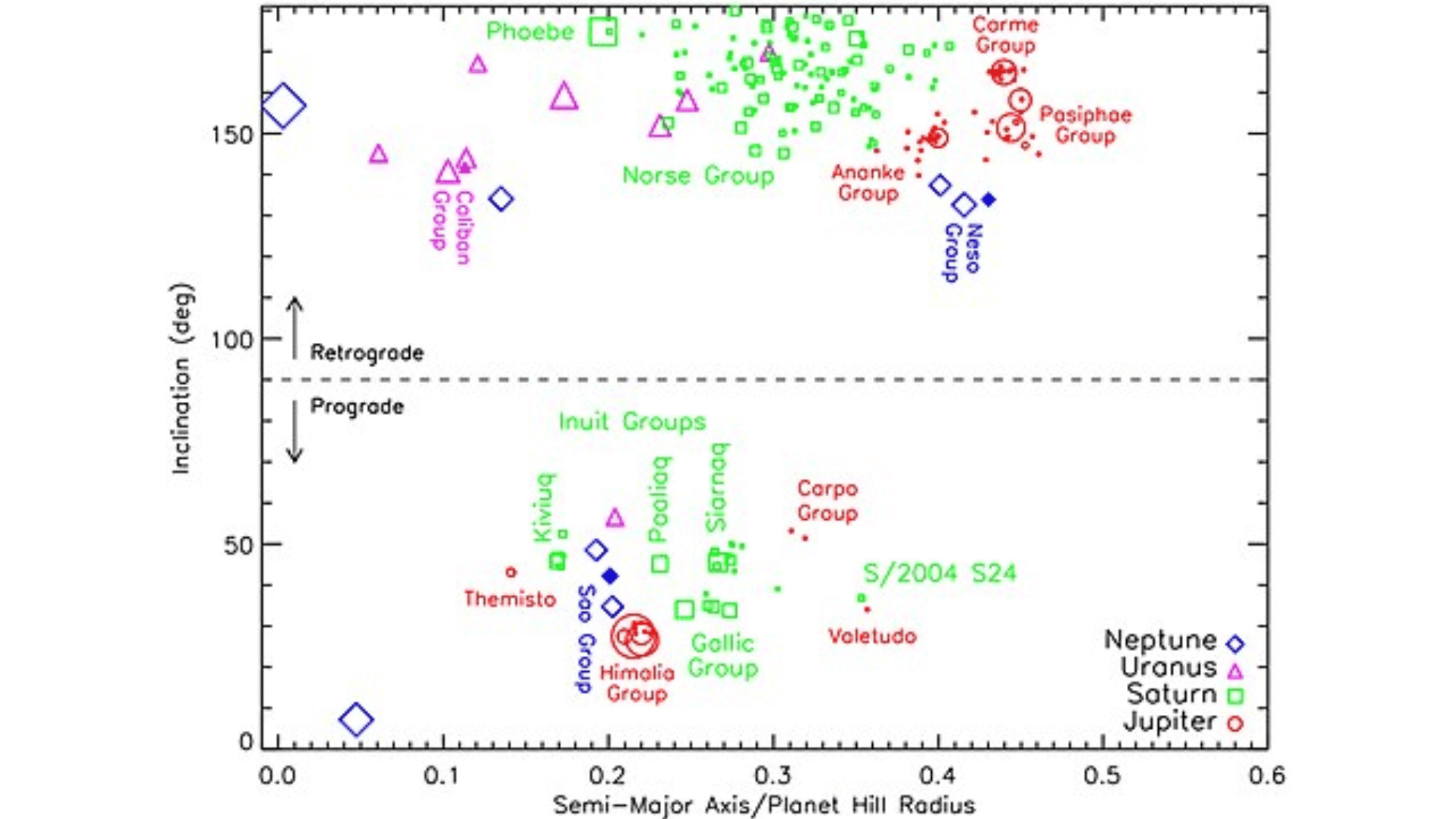
Image Source: Wikipedia
S/2023 U1 is a small irregular outer moon of Uranus, discovered on 4 November 2023 by astronomer Scott S. Sheppard using the Magellan telescope at Las Campanas Observatory.
Its orbit is retrograde, meaning it travels opposite Uranus’s rotation, with an average distance of about 8 million km and an orbital period of ≈ 680 days.
Based on its brightness and assumed reflectivity, its diameter is estimated to be around 8 km, making it one of Uranus’s smallest known moons.
Its orbit and other characteristics suggest it is part of the Caliban group of moons, possibly a fragment captured long ago.
29. S/2025 U1
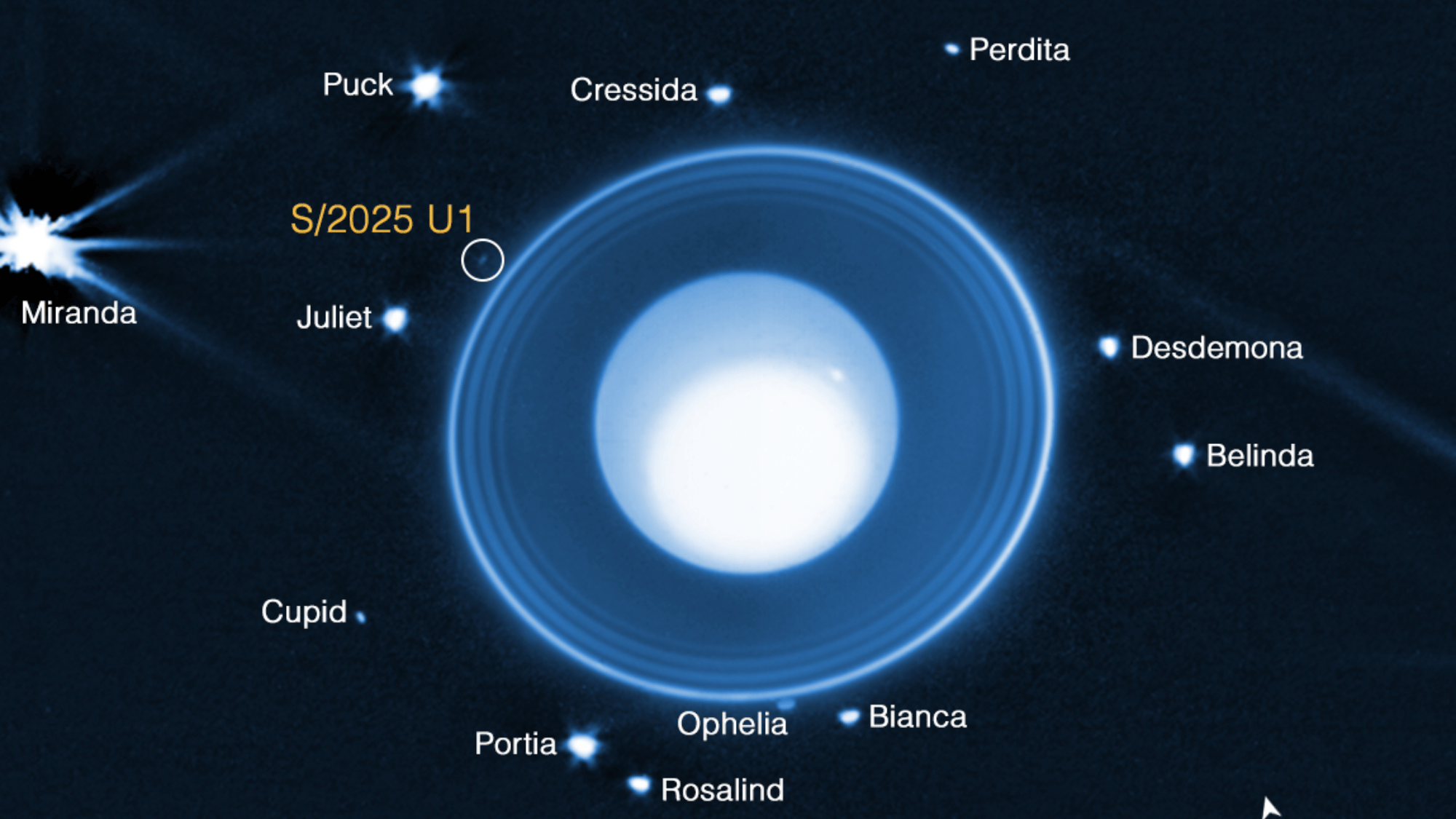
Image Source: Wikipedia
Astronomers discovered a new Uranus moon called S/2025 U1 using NASA’s James Webb Space Telescope on February 2, 2025.
This tiny moon measures about 6 miles across and orbits between Ophelia and Bianca at 35,000 miles from Uranus. Its small size helped it avoid detection during Voyager 2’s 1986 flyby.
The moon follows a circular path in Uranus’s equatorial plane, suggesting local formation. This discovery raises Uranus’s moon count to 29, with official naming pending International Astronomical Union approval.
Facts About Uranus and Its Moons
Uranus and its moons reveal a world of icy mysteries, unique rotations, and captivating stories that continue to intrigue astronomers.
- Sideways Spin: Uranus rotates on its side with a 98-degree tilt, making it the most unusually oriented planet discovered.
- Icy Composition: Uranus and its moons contain abundant ice and gas, earning the planet its classification as an “ice giant.”
- Extreme Seasons: Due to its tilt, Uranus experiences 42-year-long periods of continuous sunlight followed by 42 years of darkness.
- Literary Names: Most moons are named after characters from Shakespeare’s plays and Alexander Pope’s poem The Rape of the Lock.
- Limited Exploration: Only Voyager 2 has ever visited Uranus, leaving many mysteries about its moons, rings, and atmosphere unsolved.
Conclusion
Uranus continues to captivate astronomers and space researchers with its mysterious charm and fascinating collection of moons.
Uranus has many moons, each with its own distinct features, composition, and story to tell.
Yet, despite decades of observation, much about Uranus and its moons remains a mystery.
With future telescopes and space missions on the horizon, new discoveries may soon expand our understanding of this distant planet.



